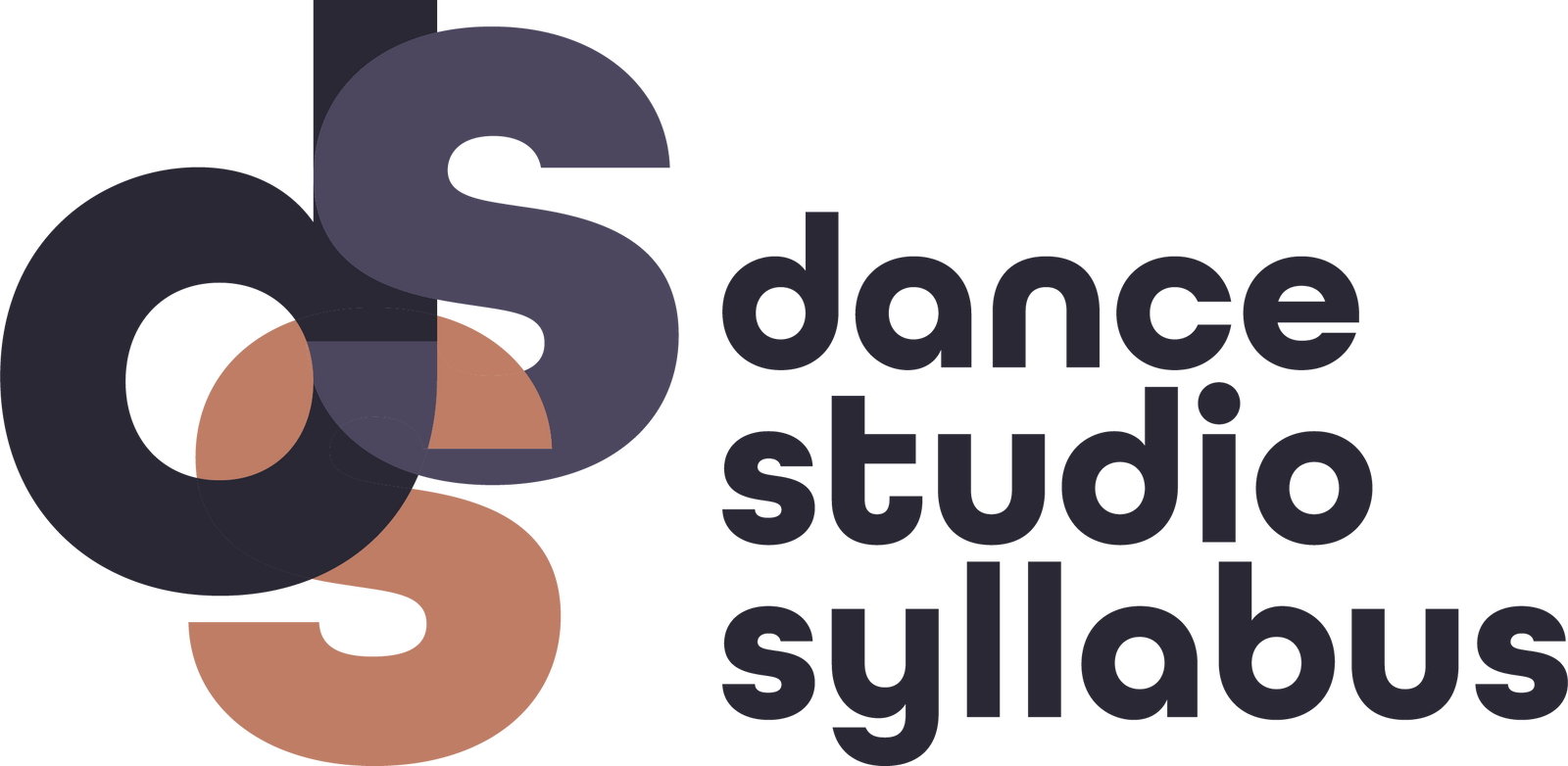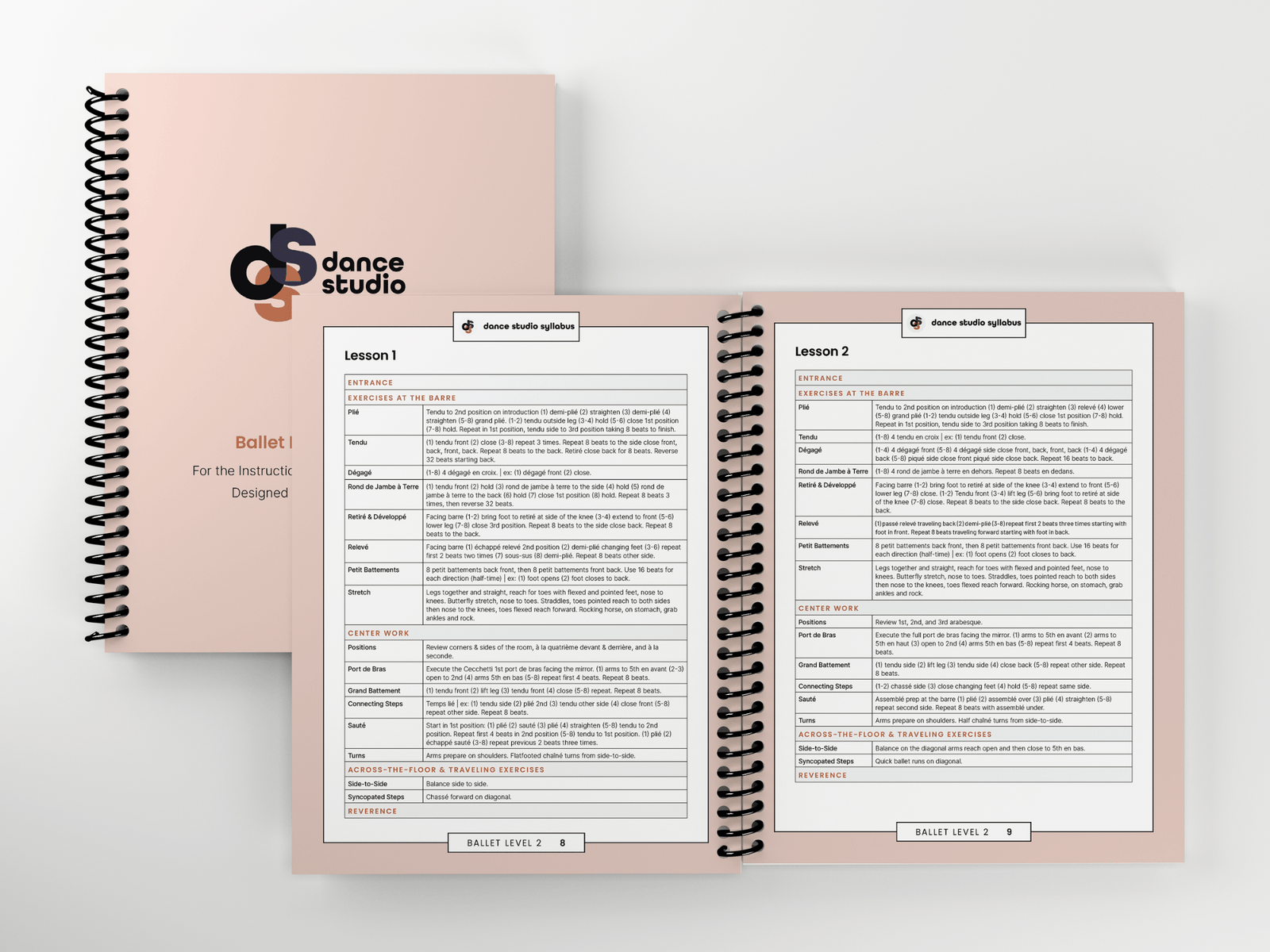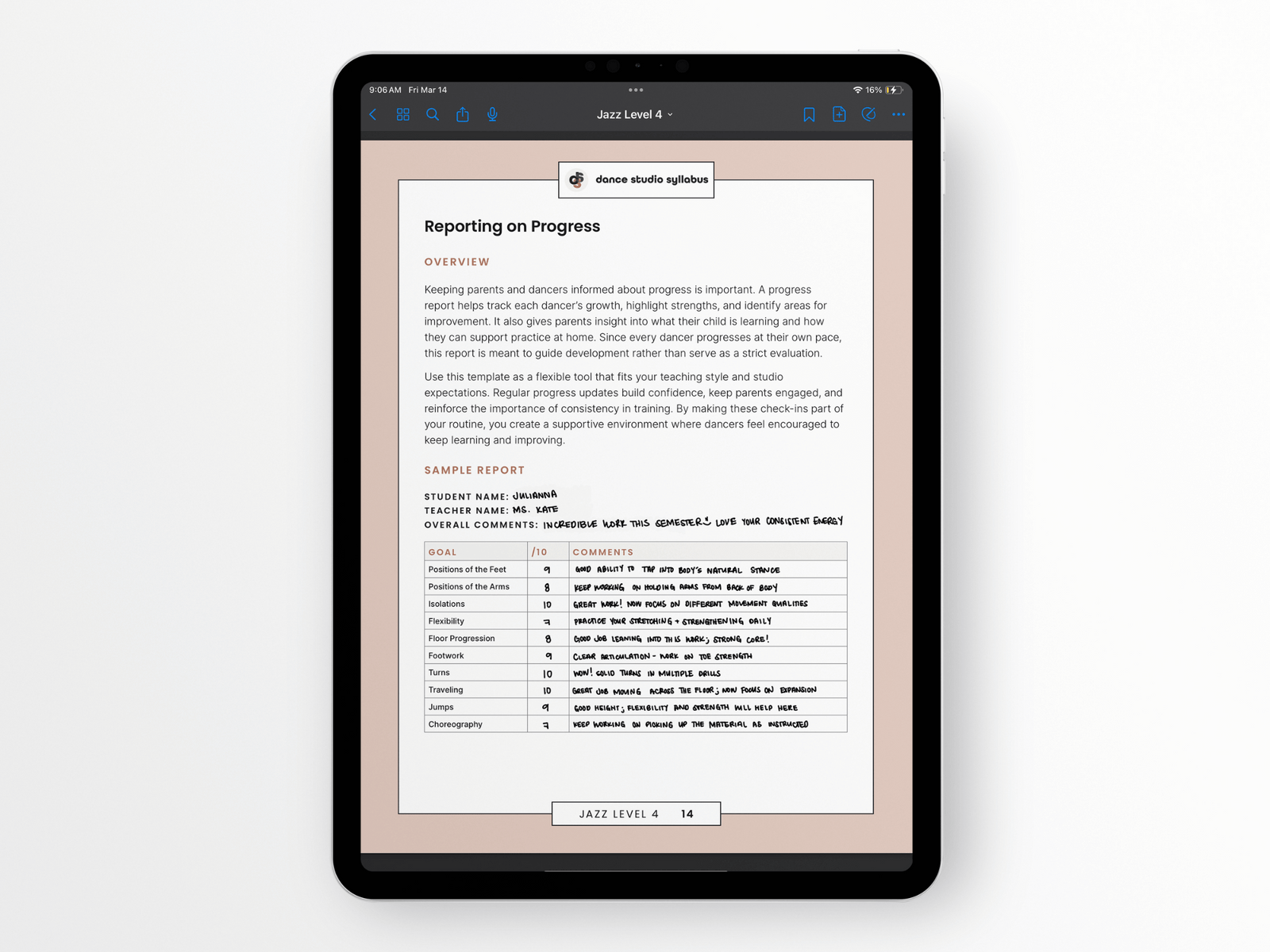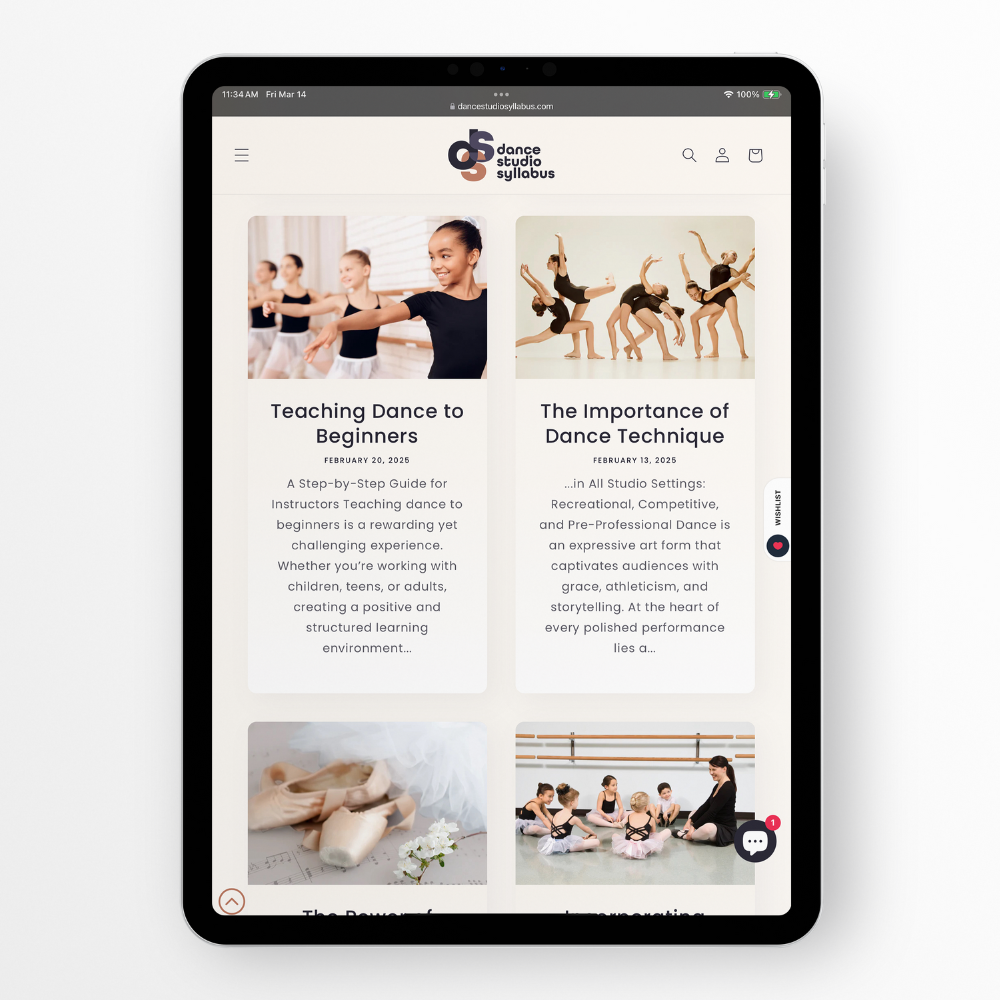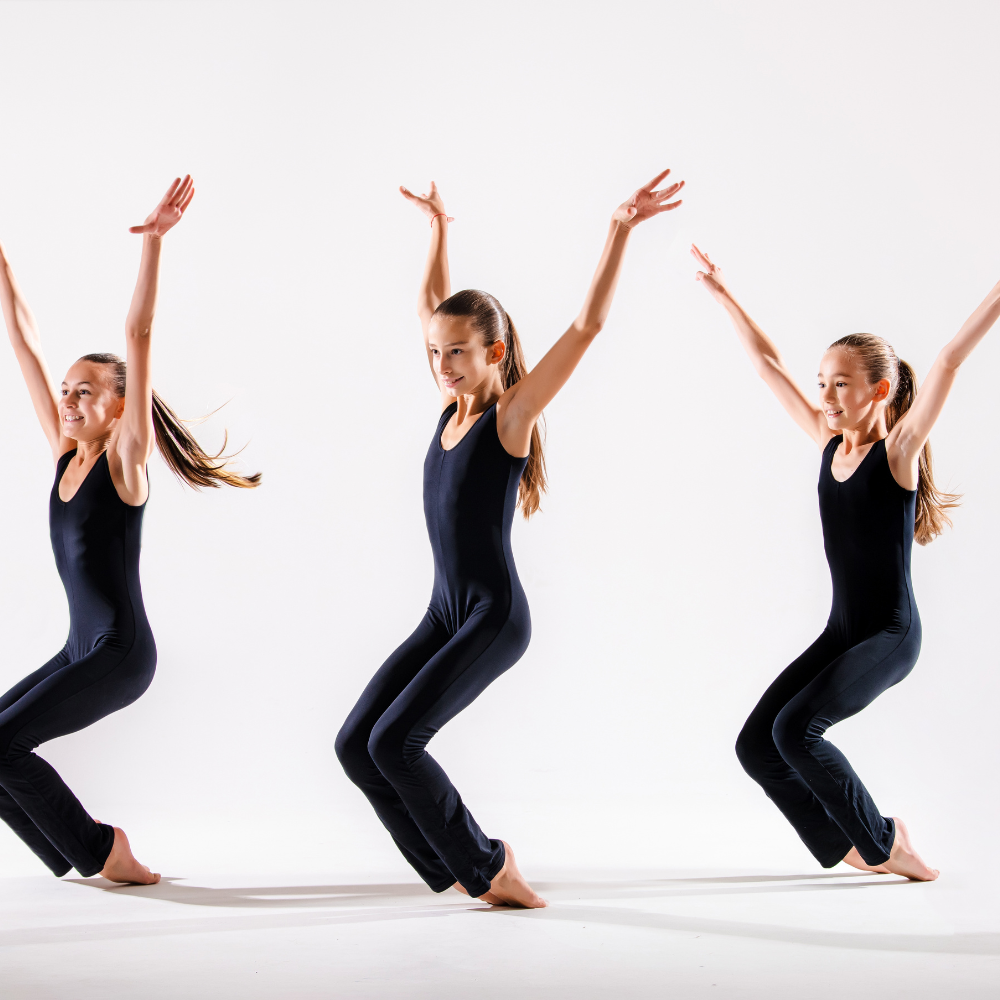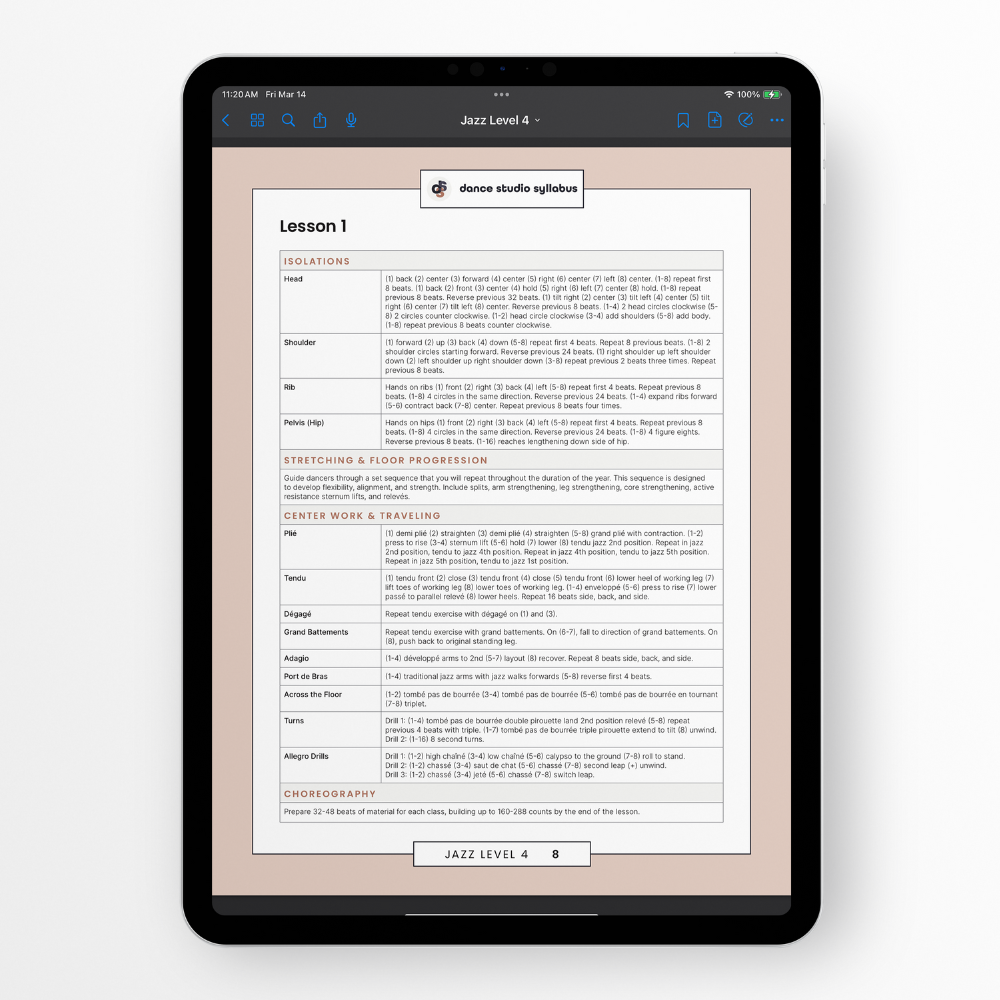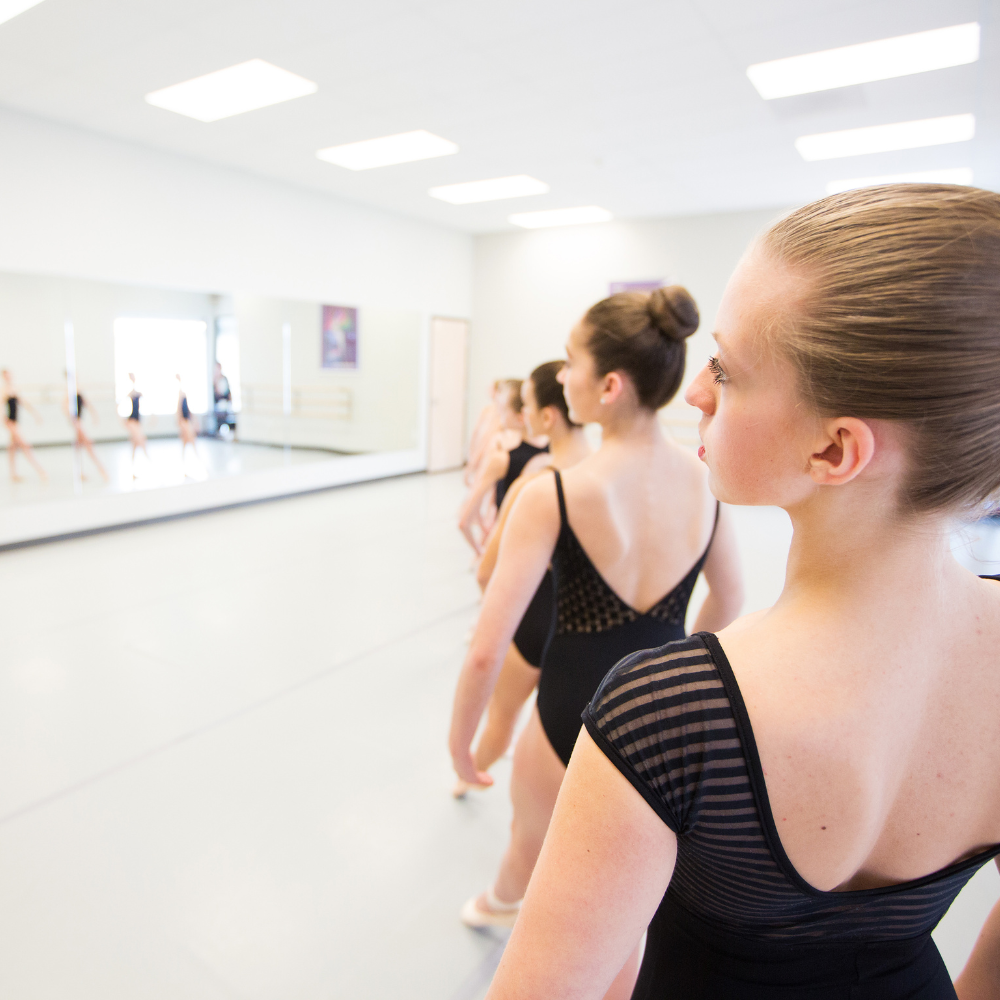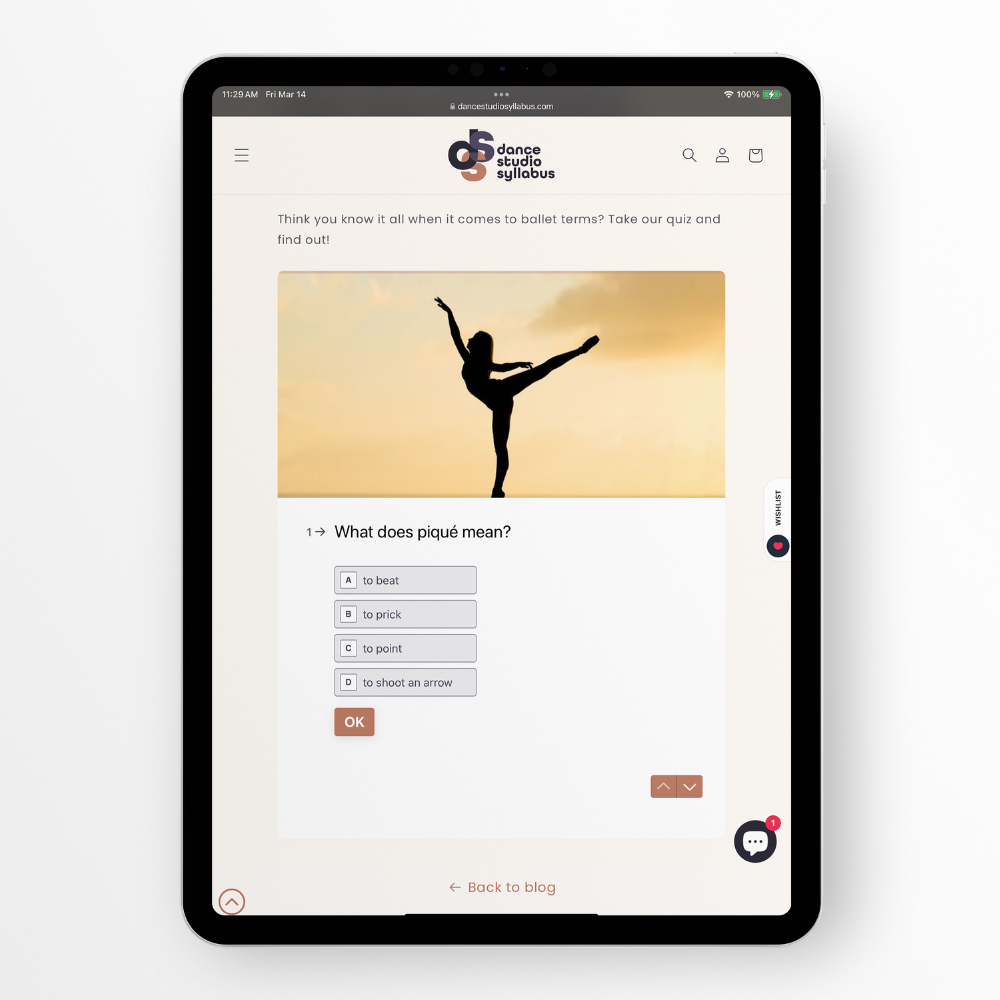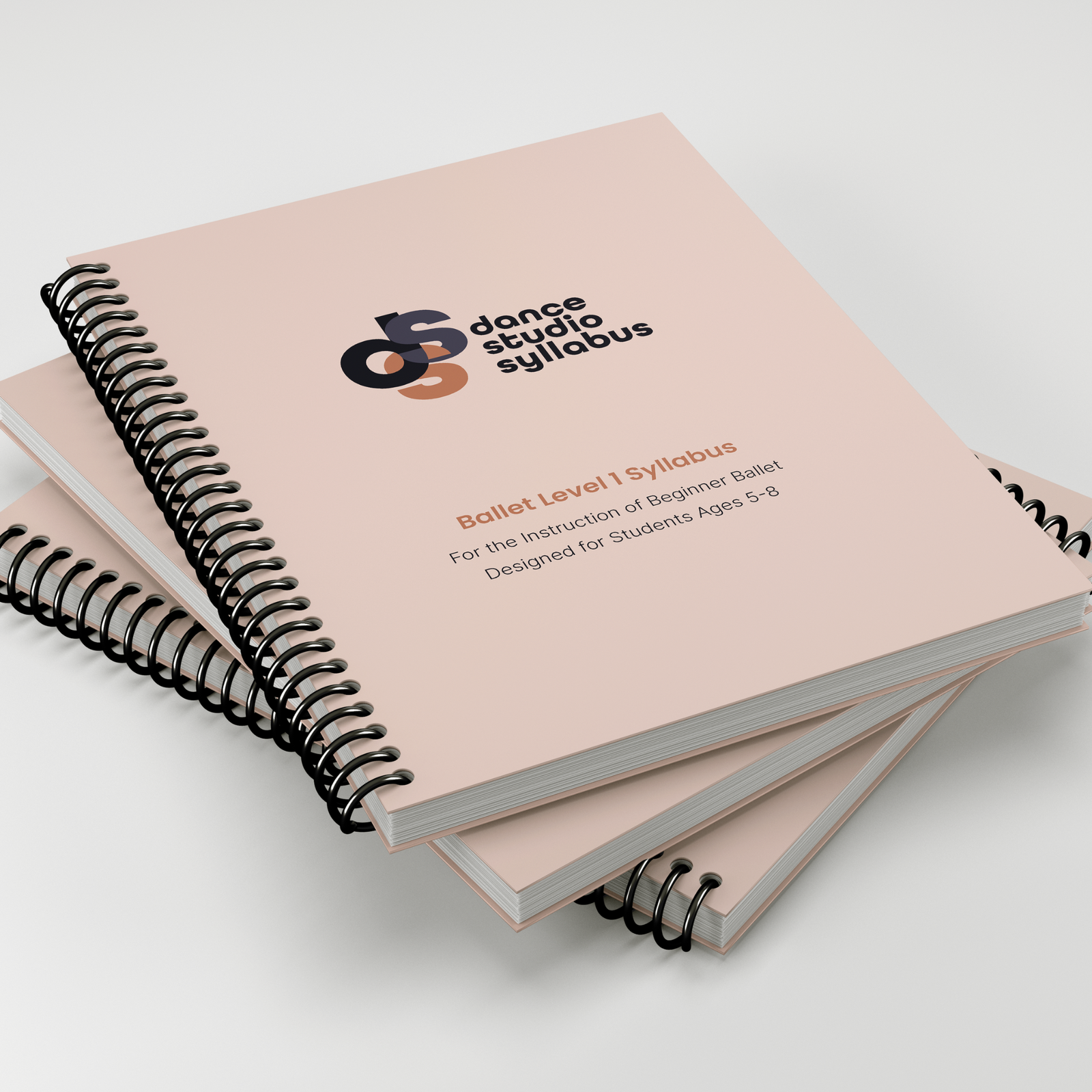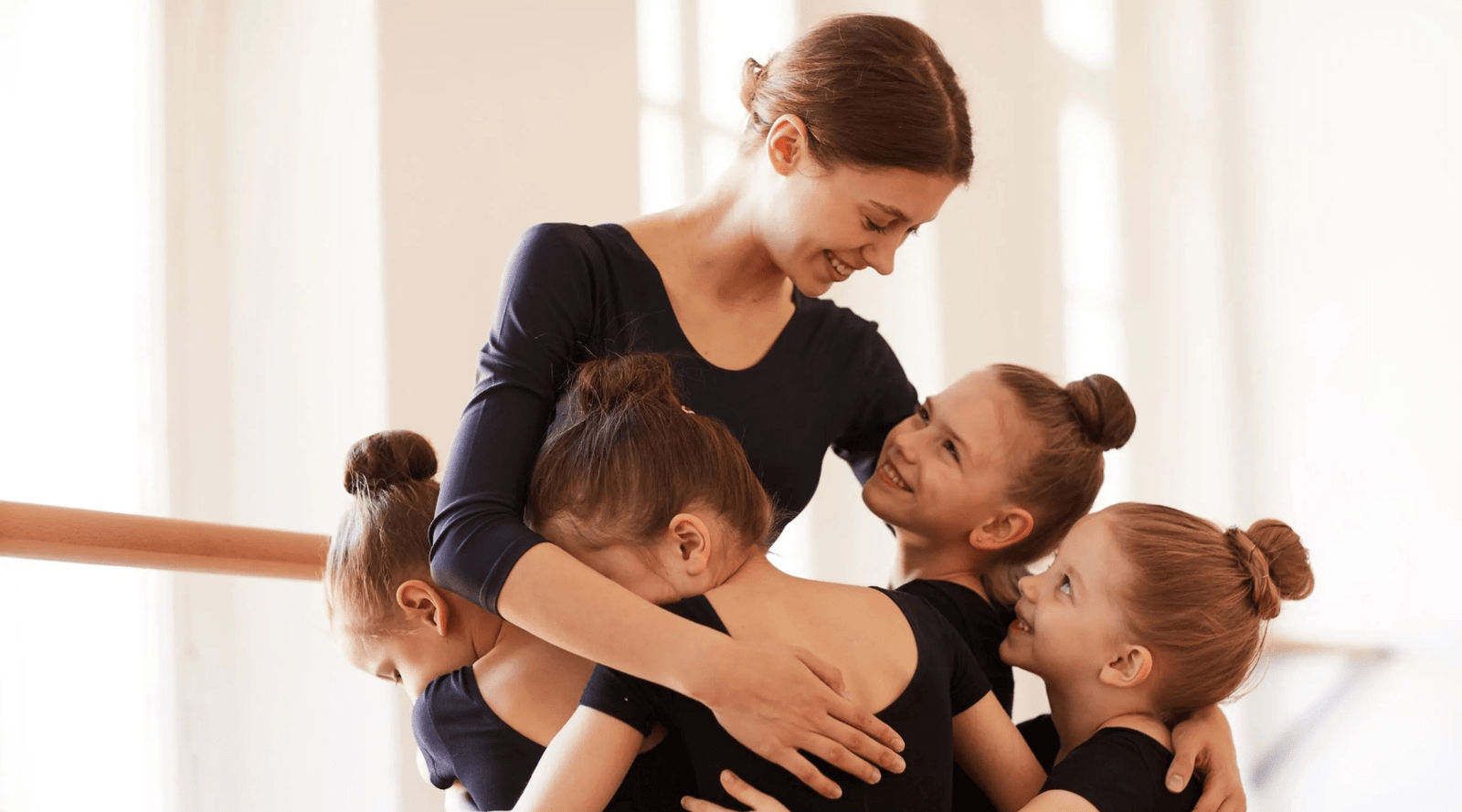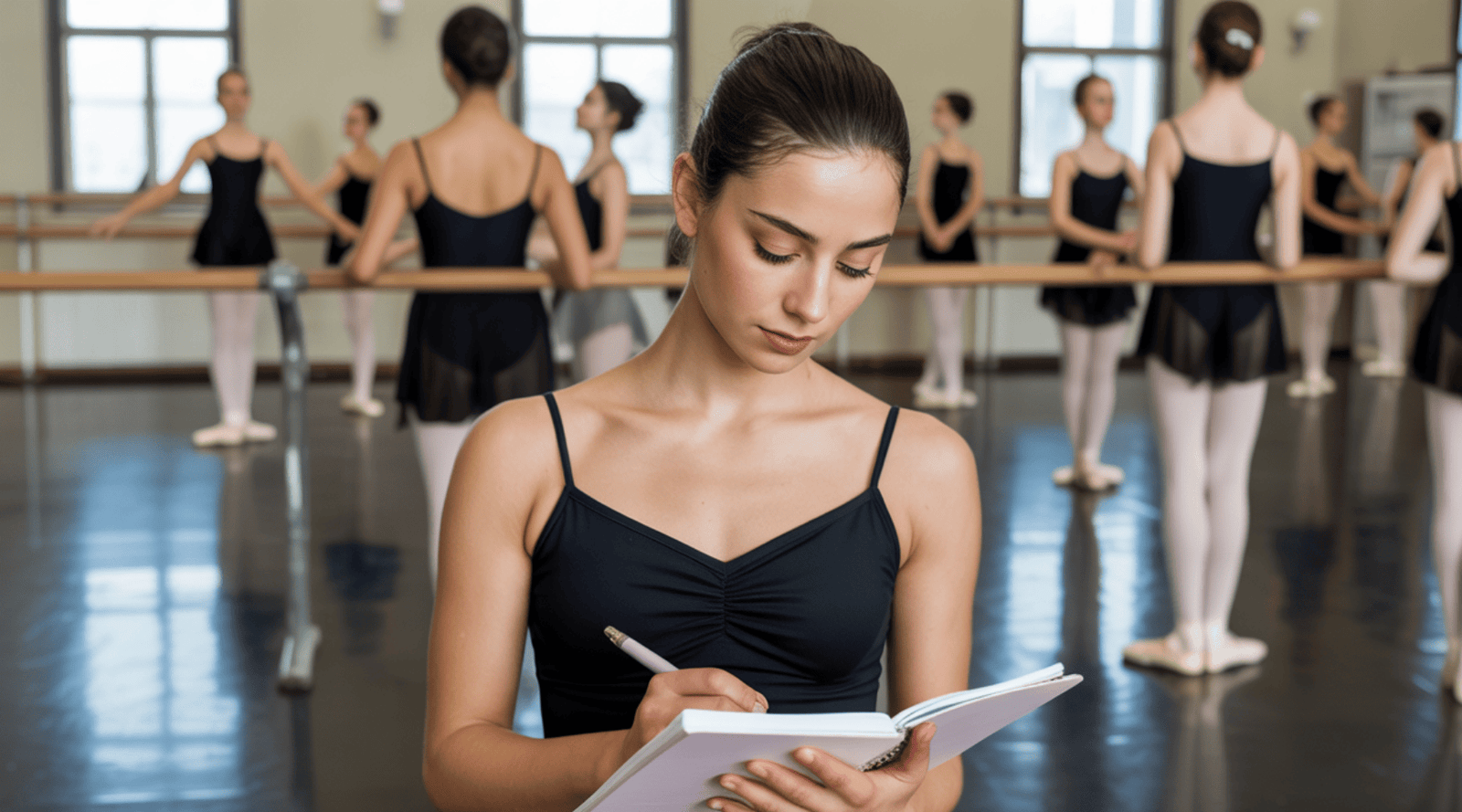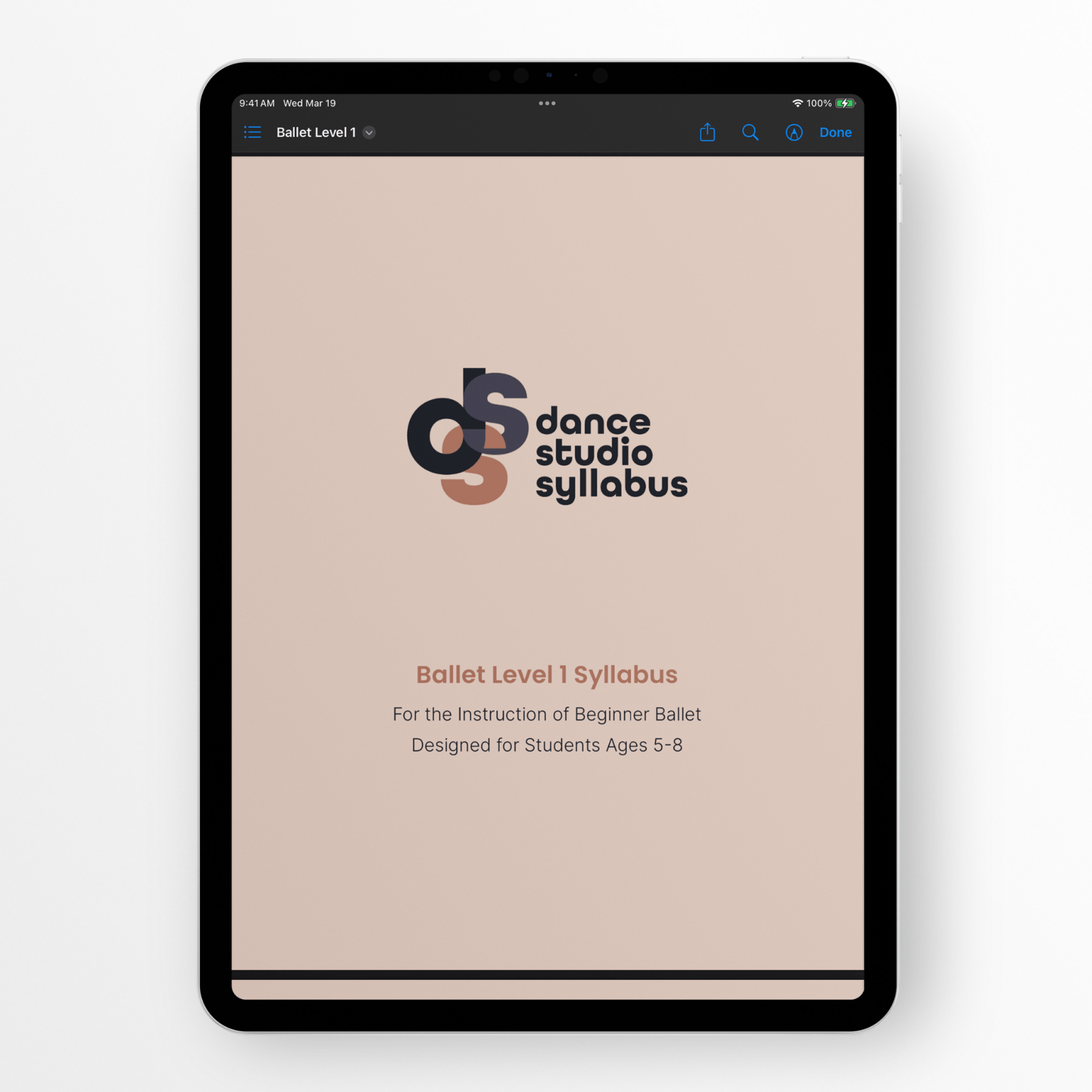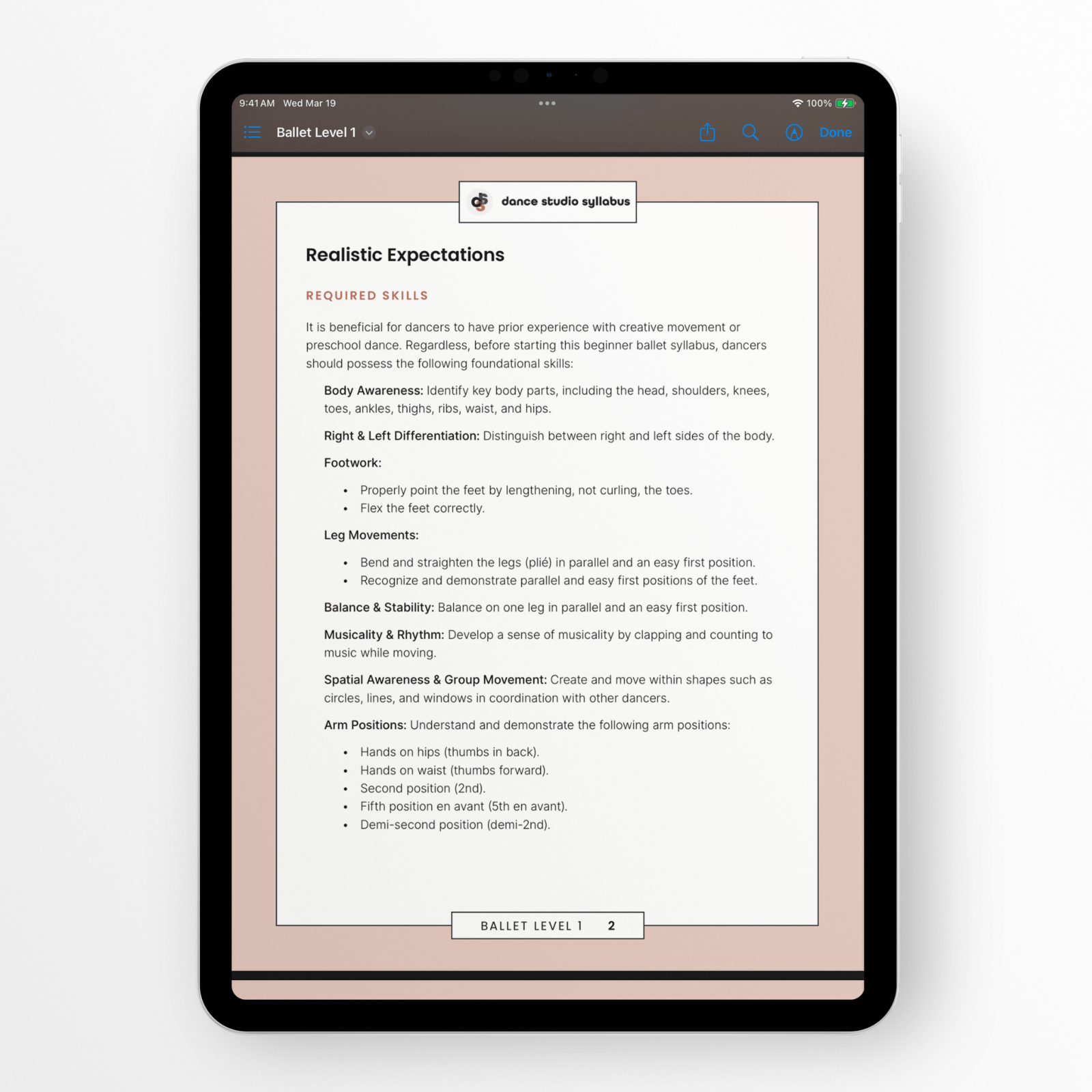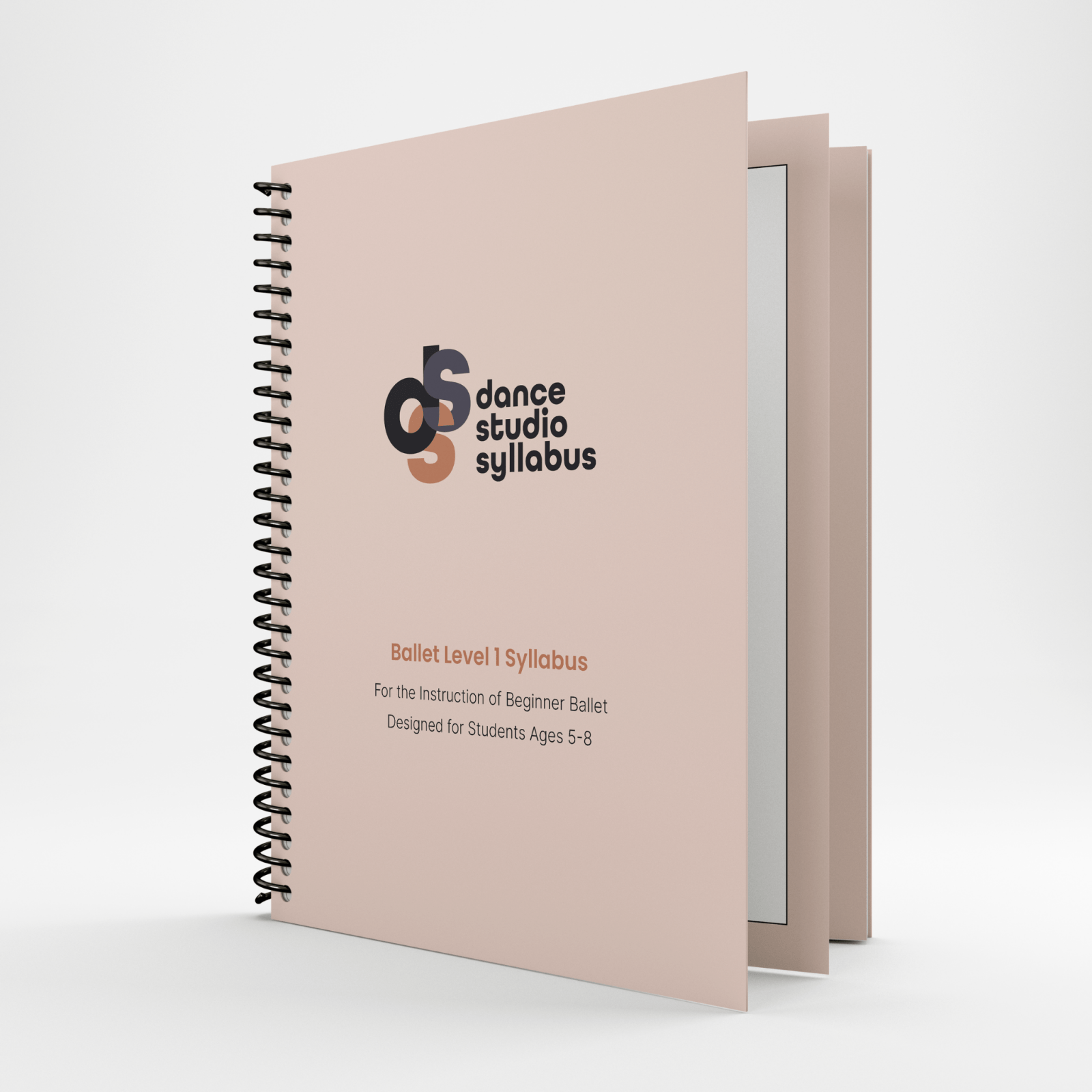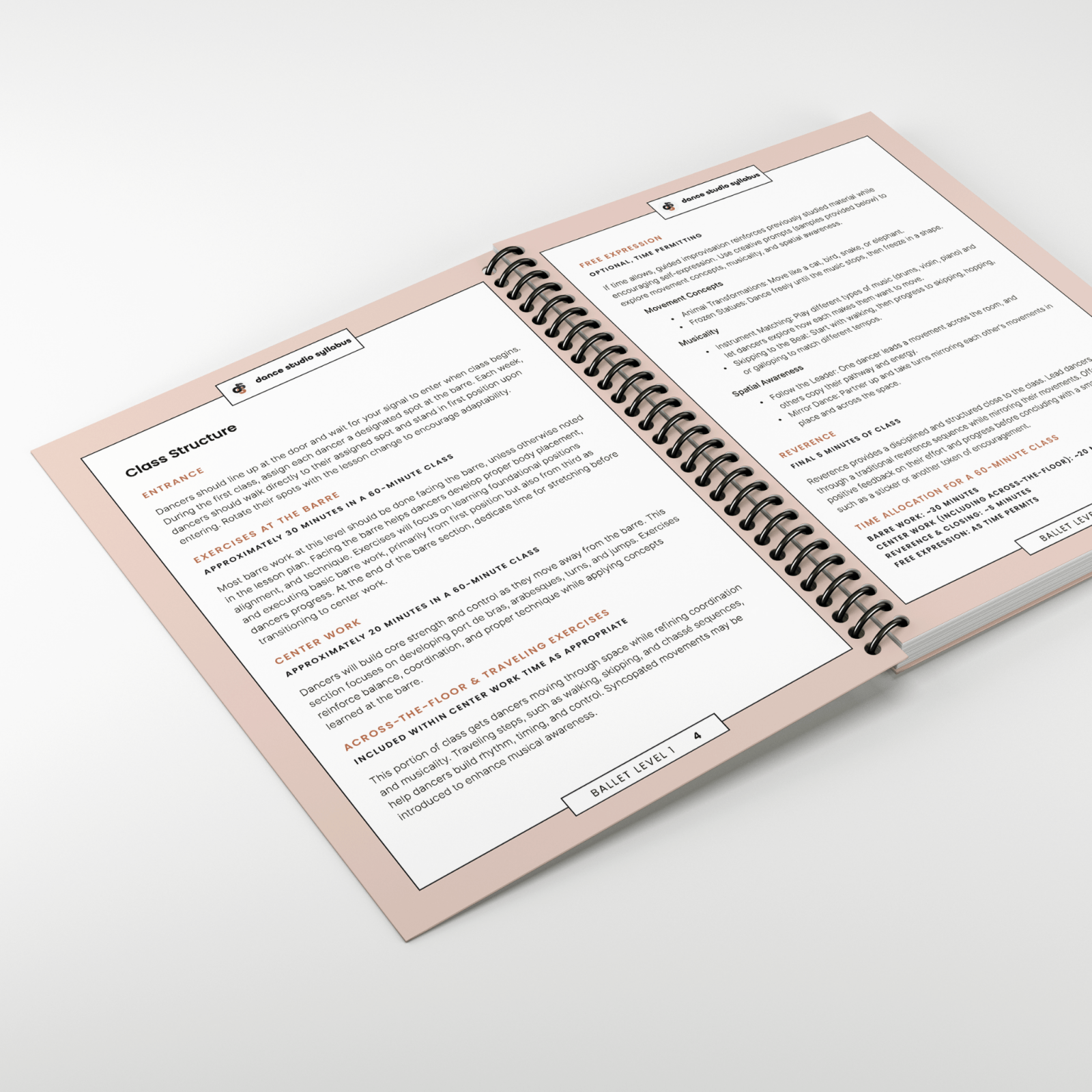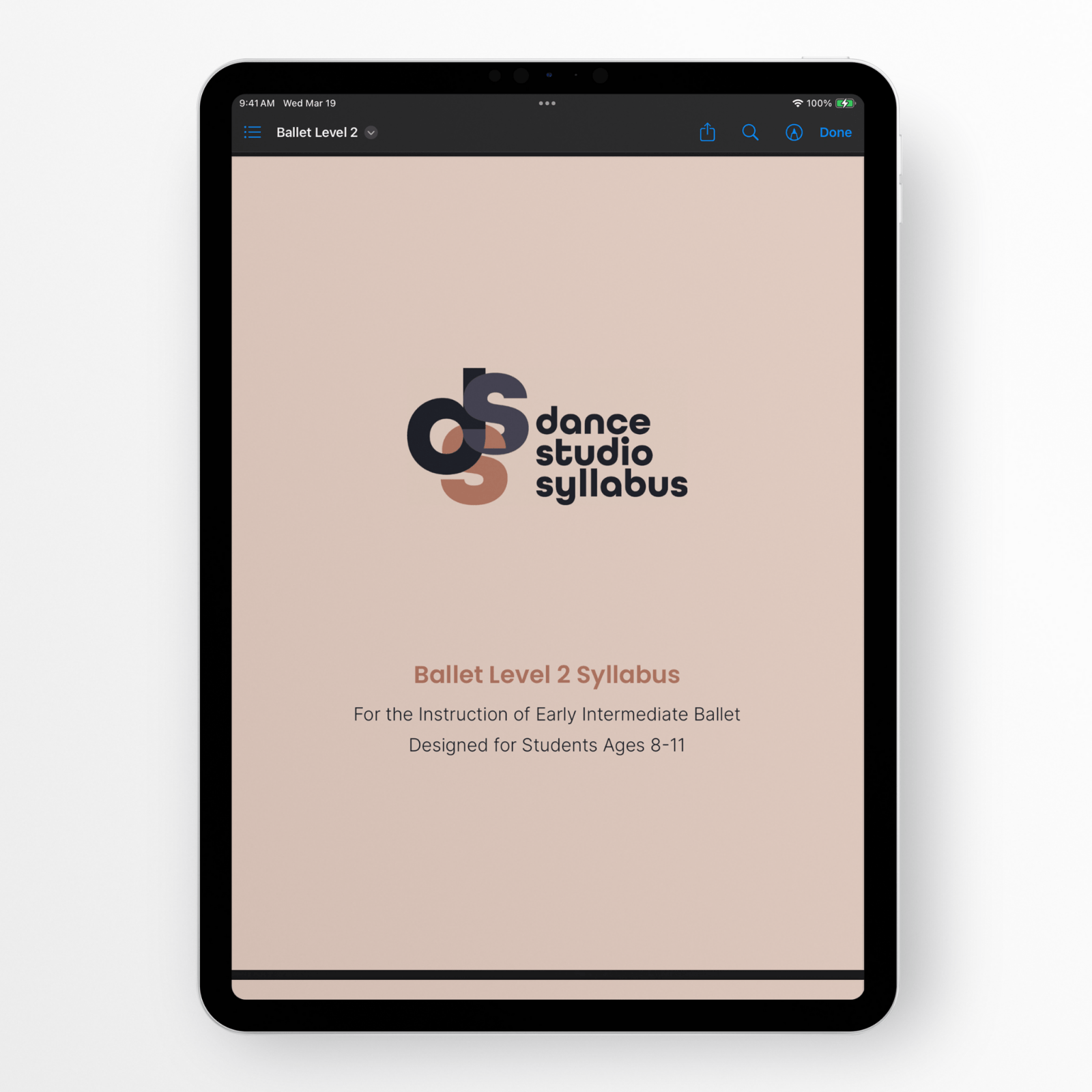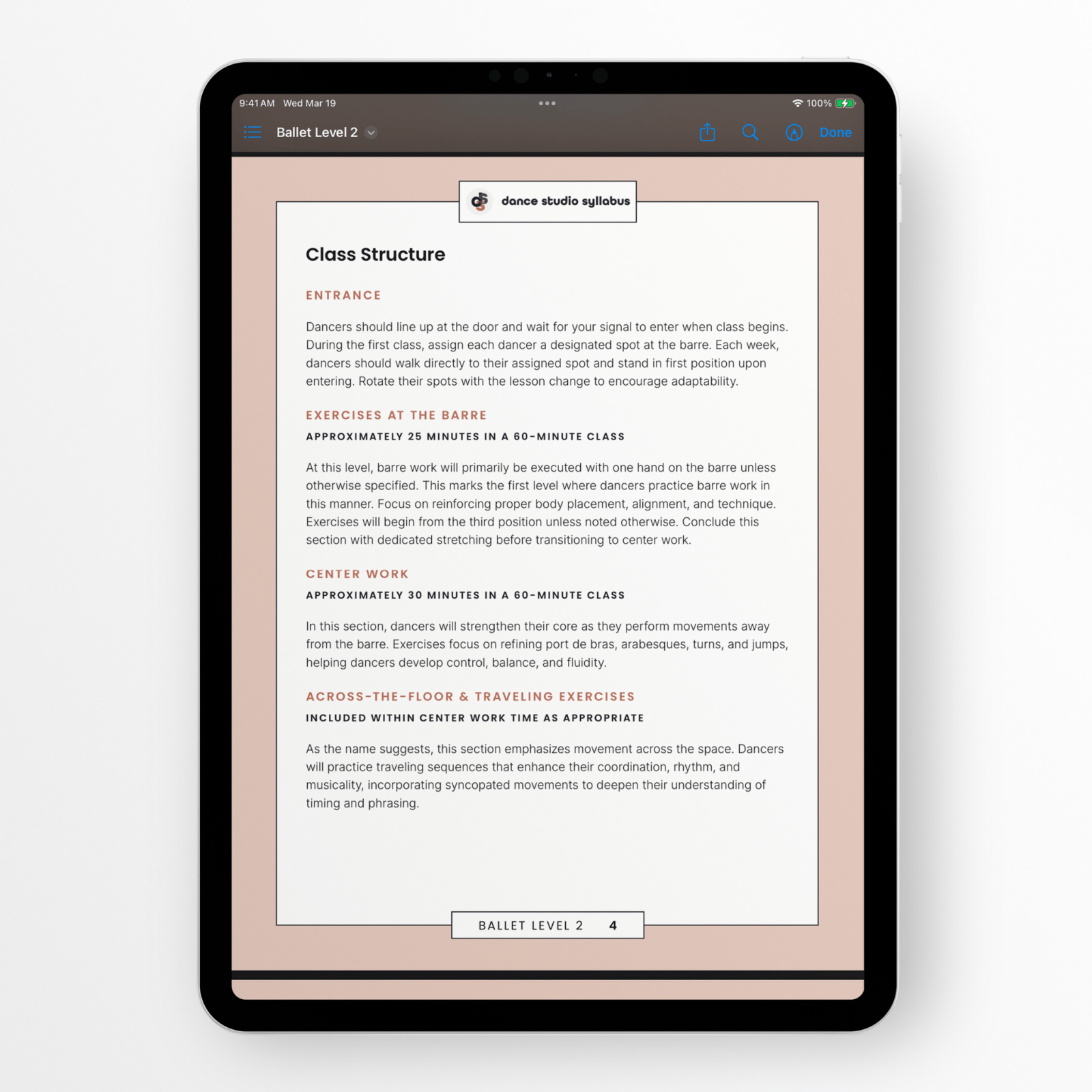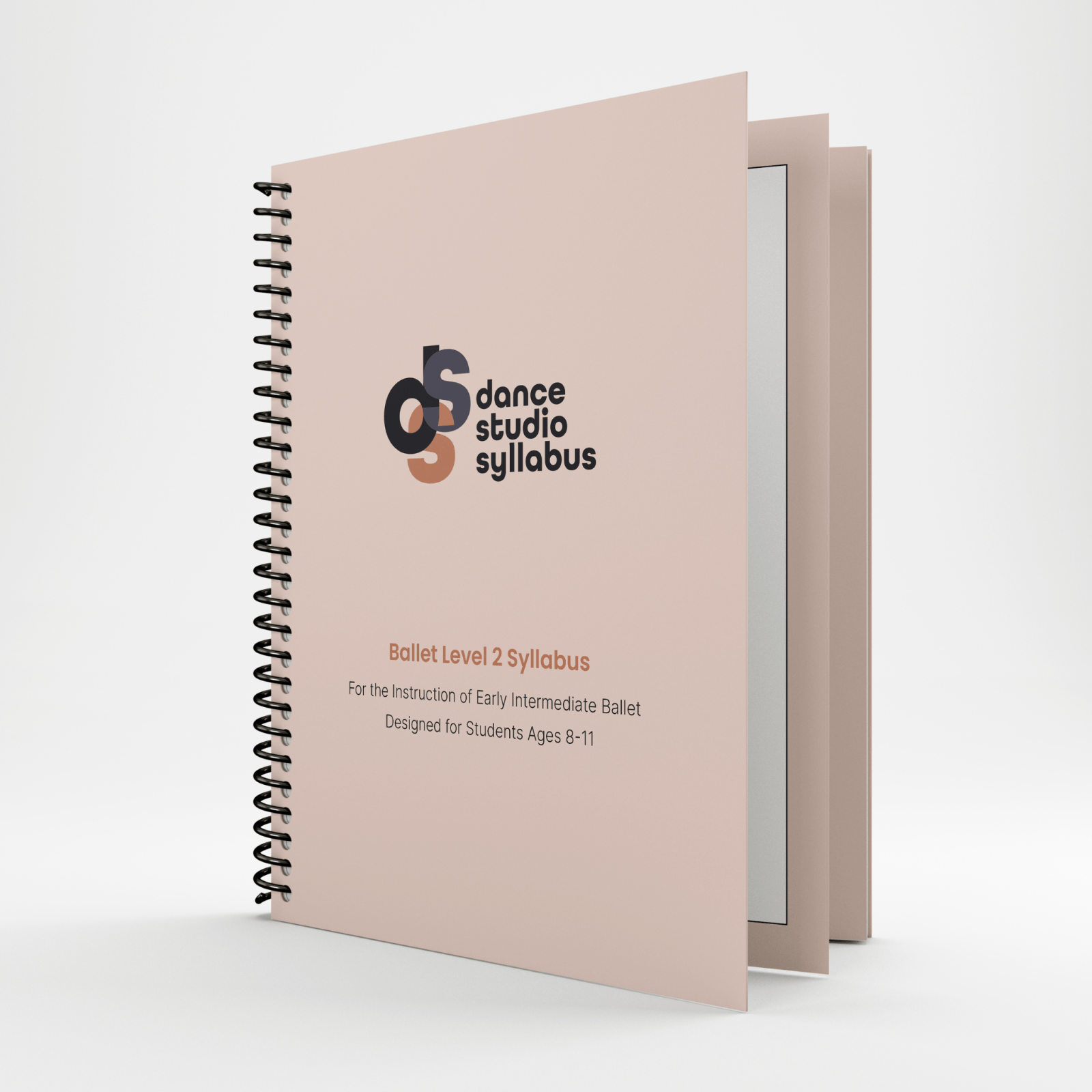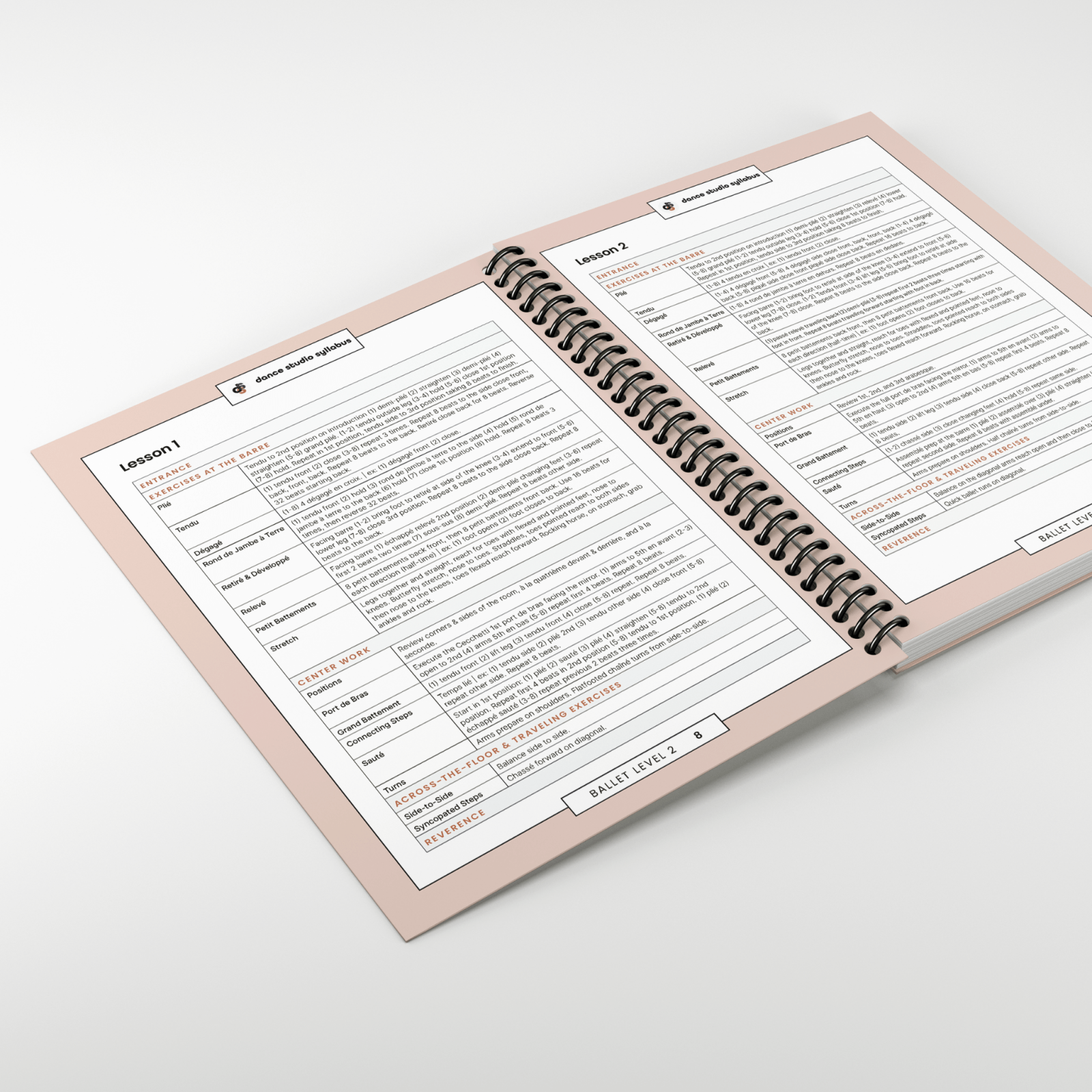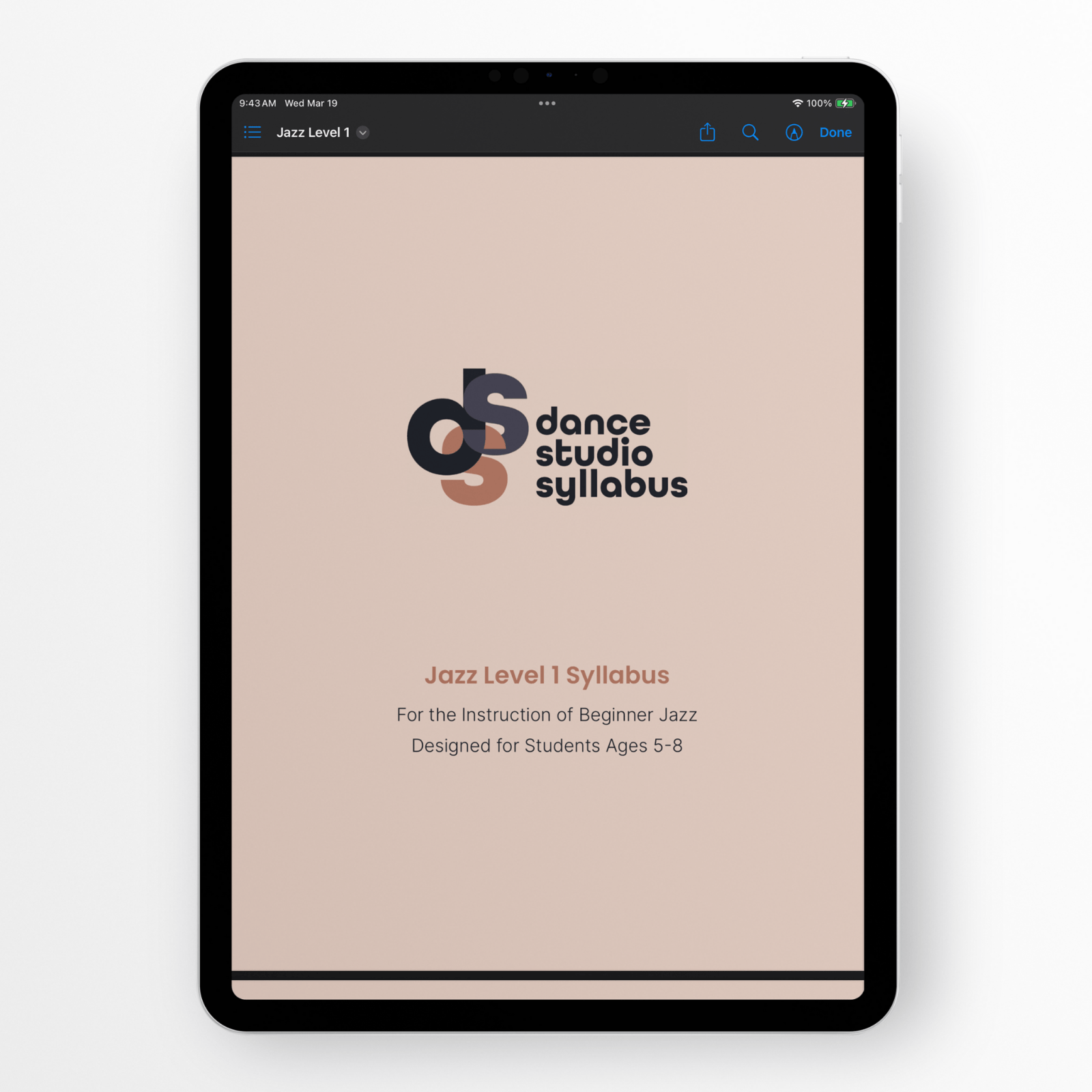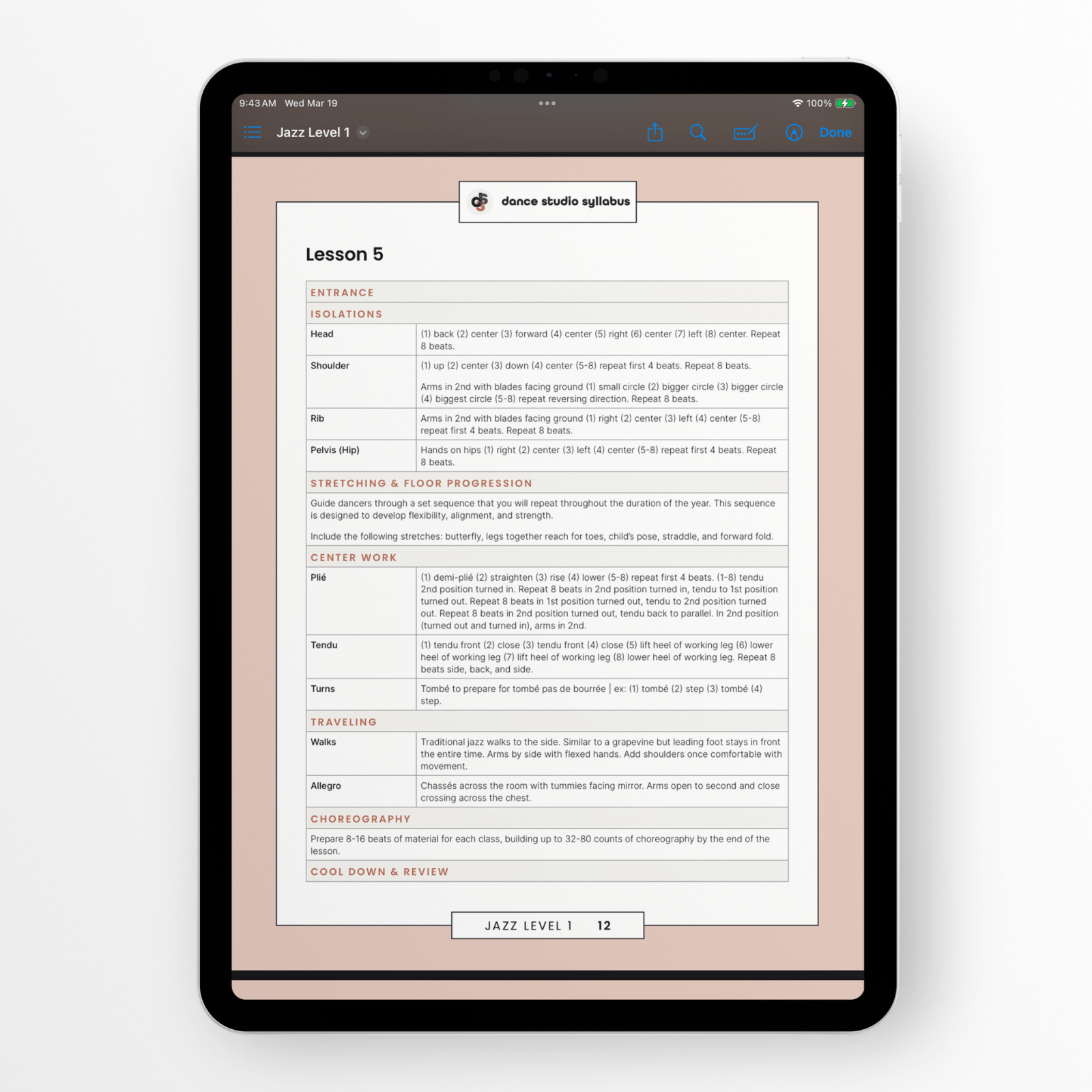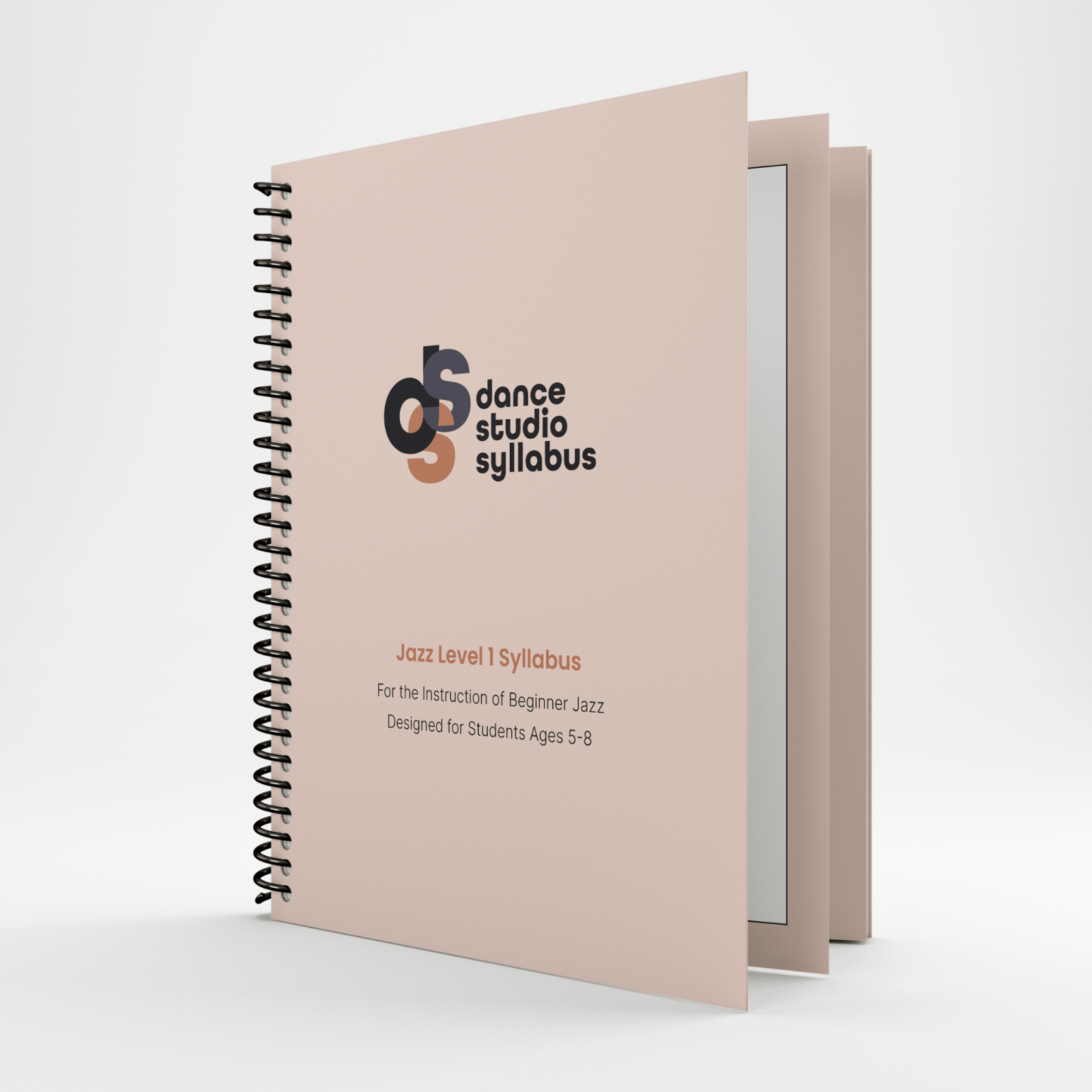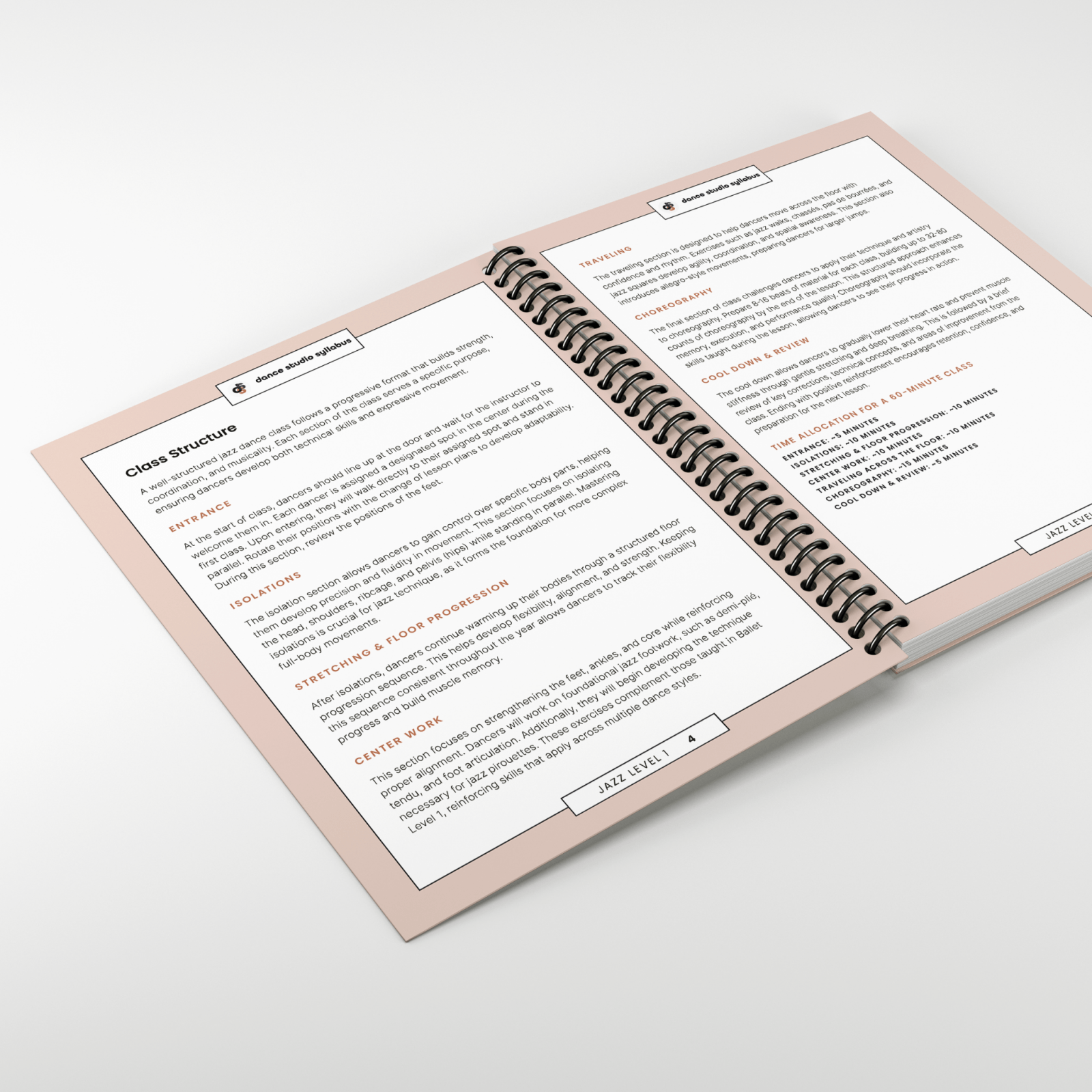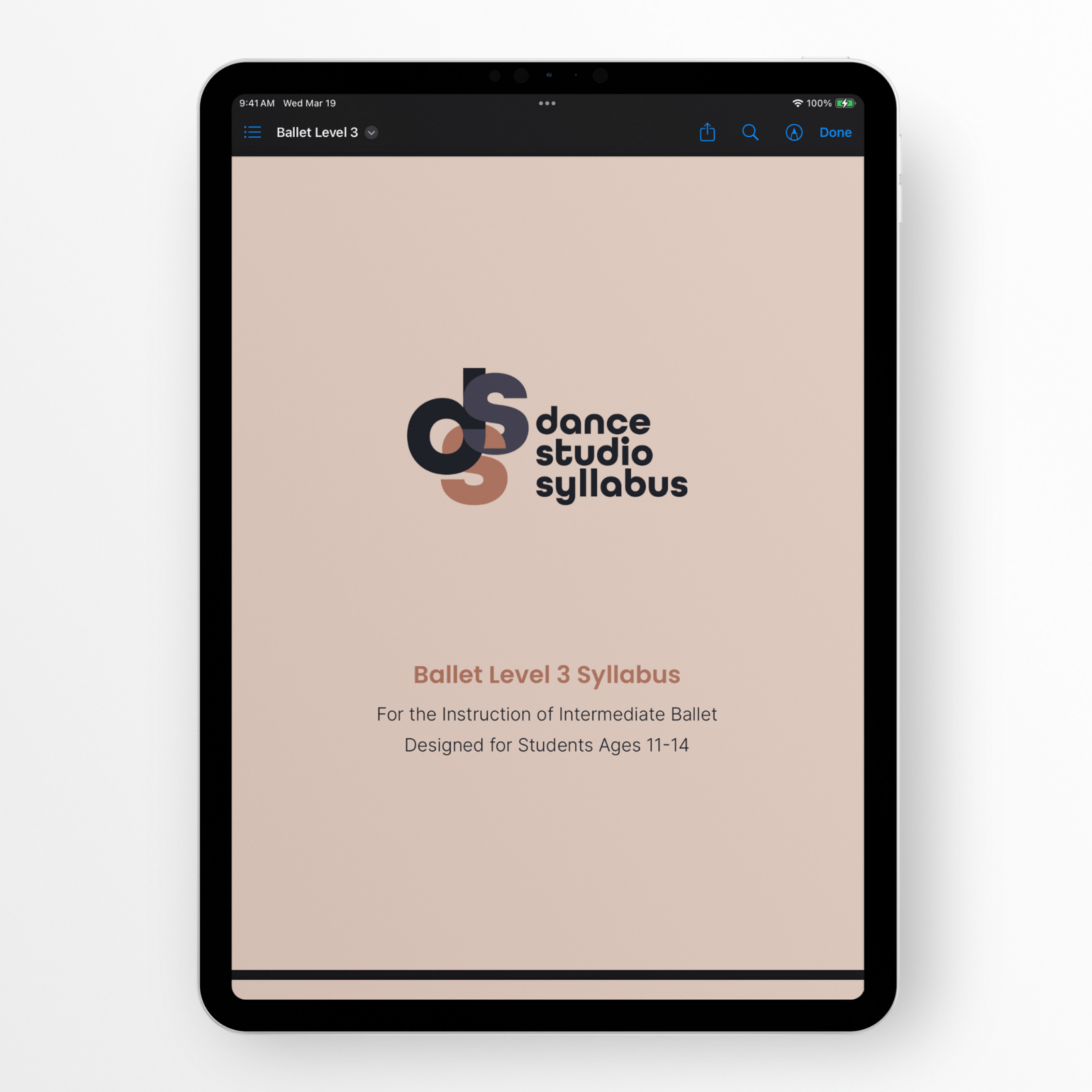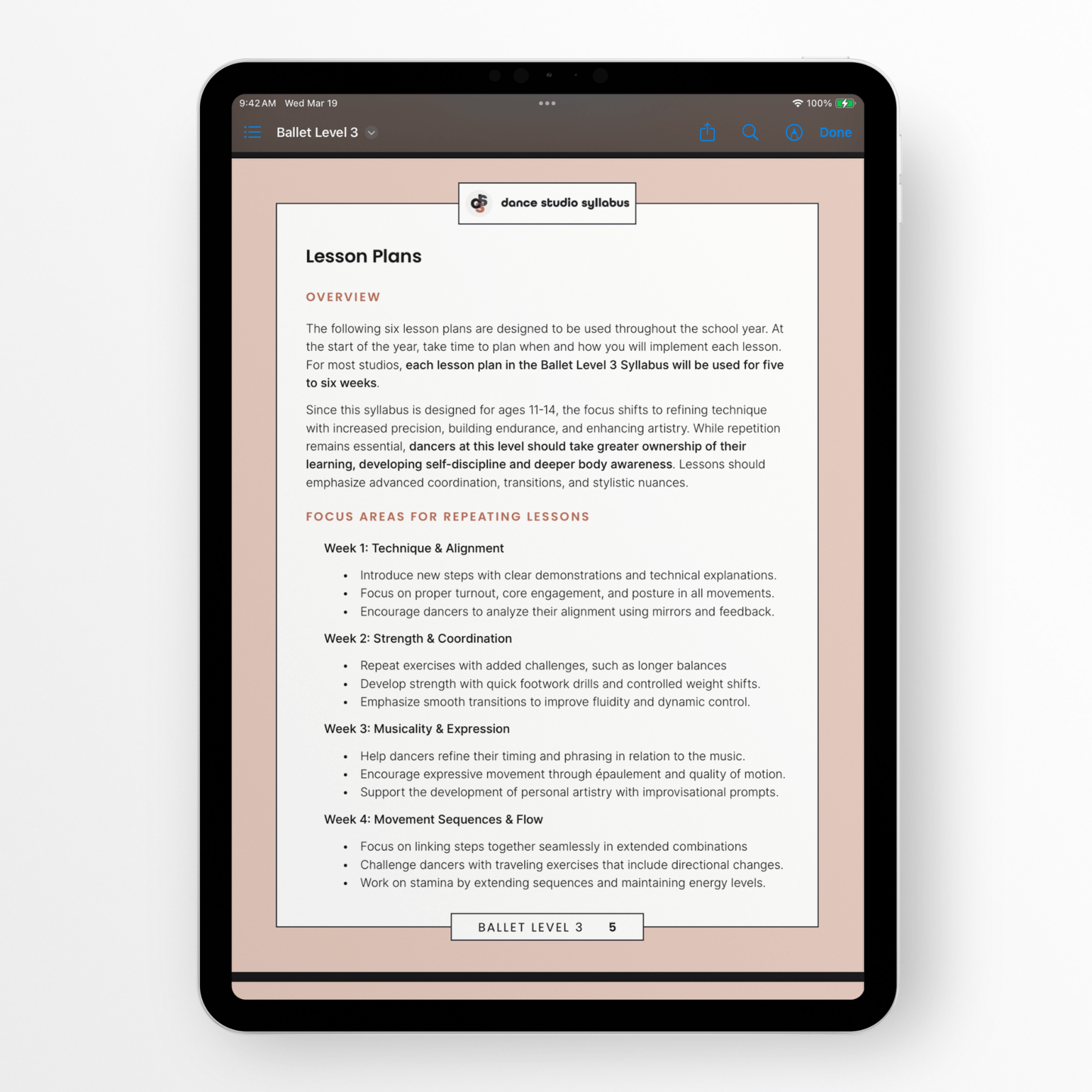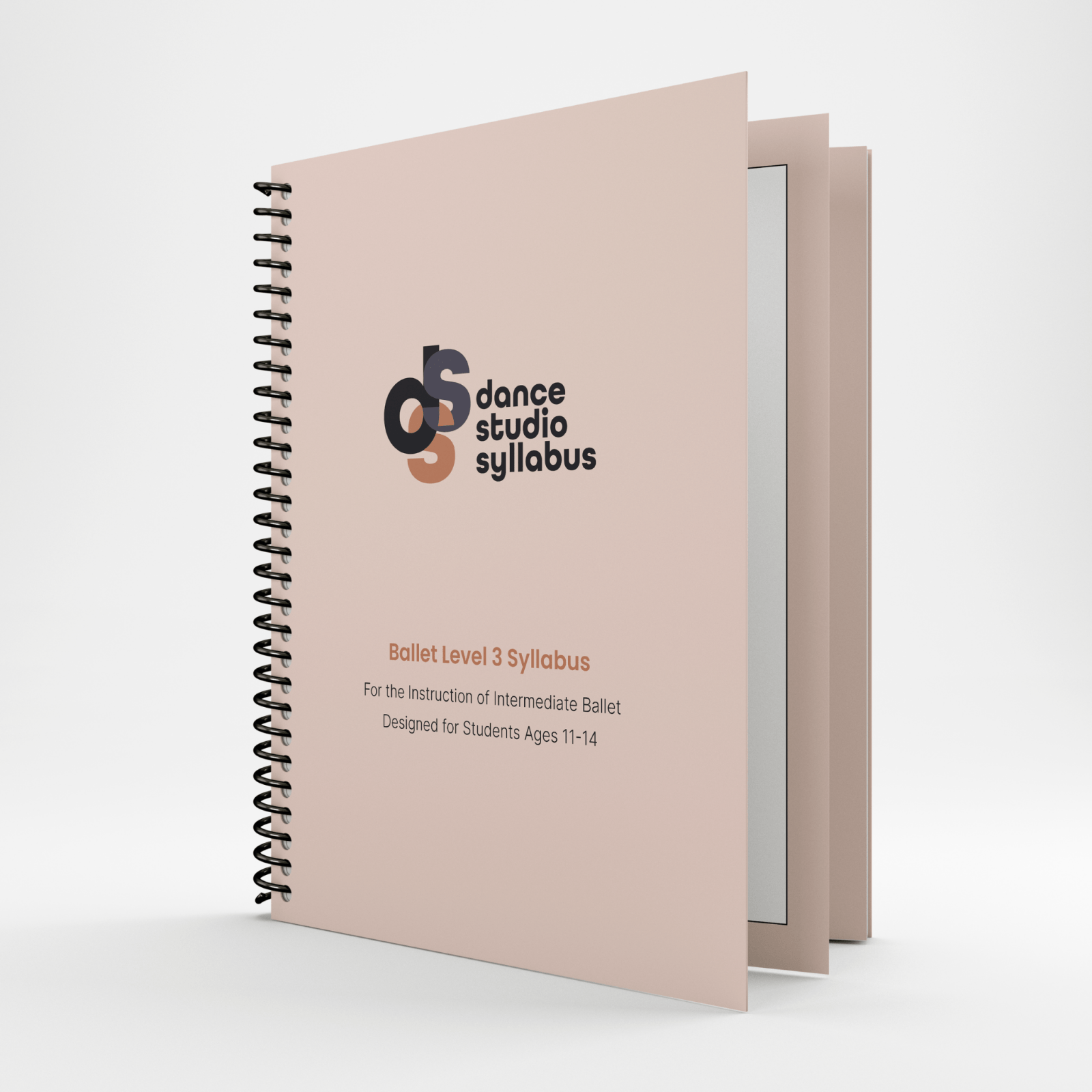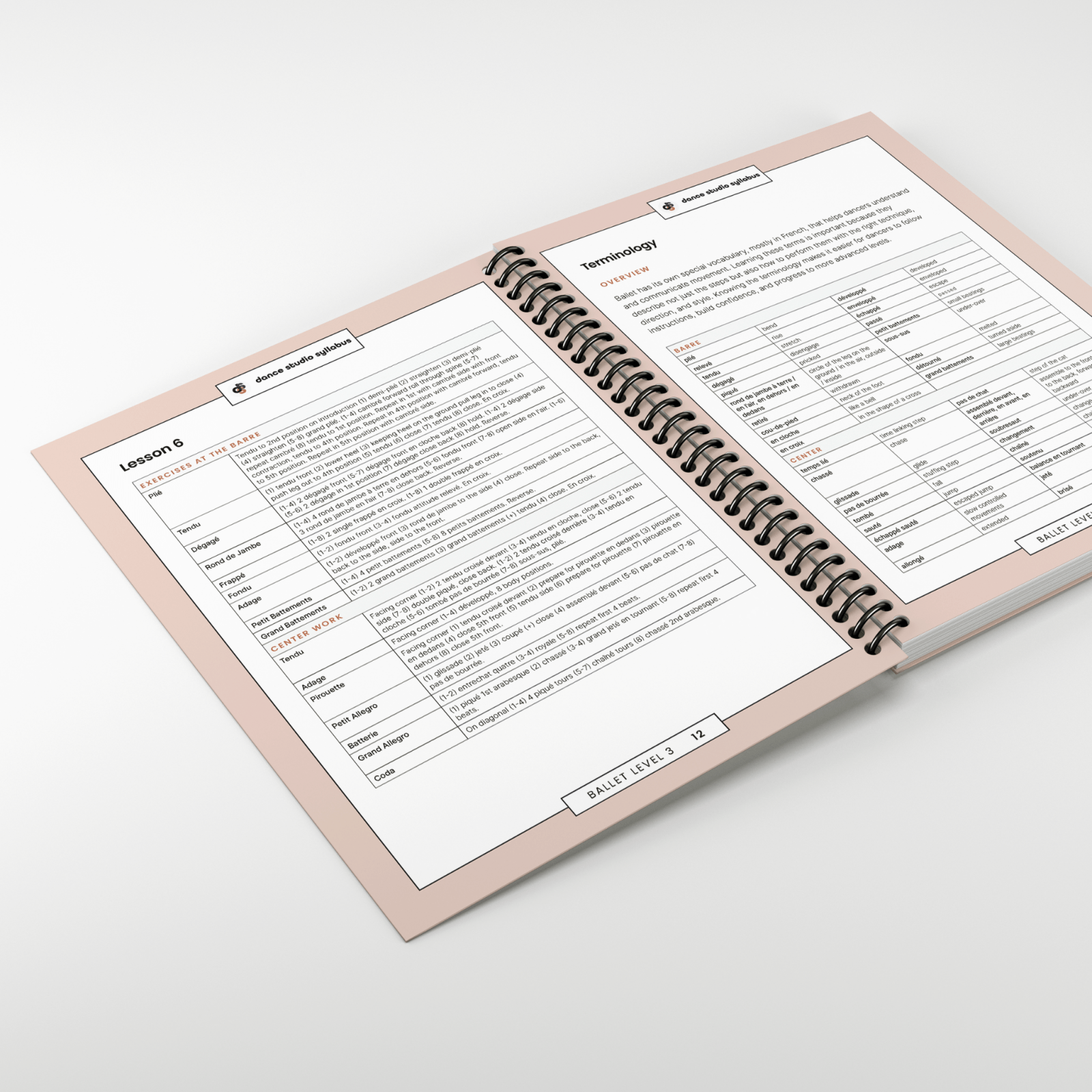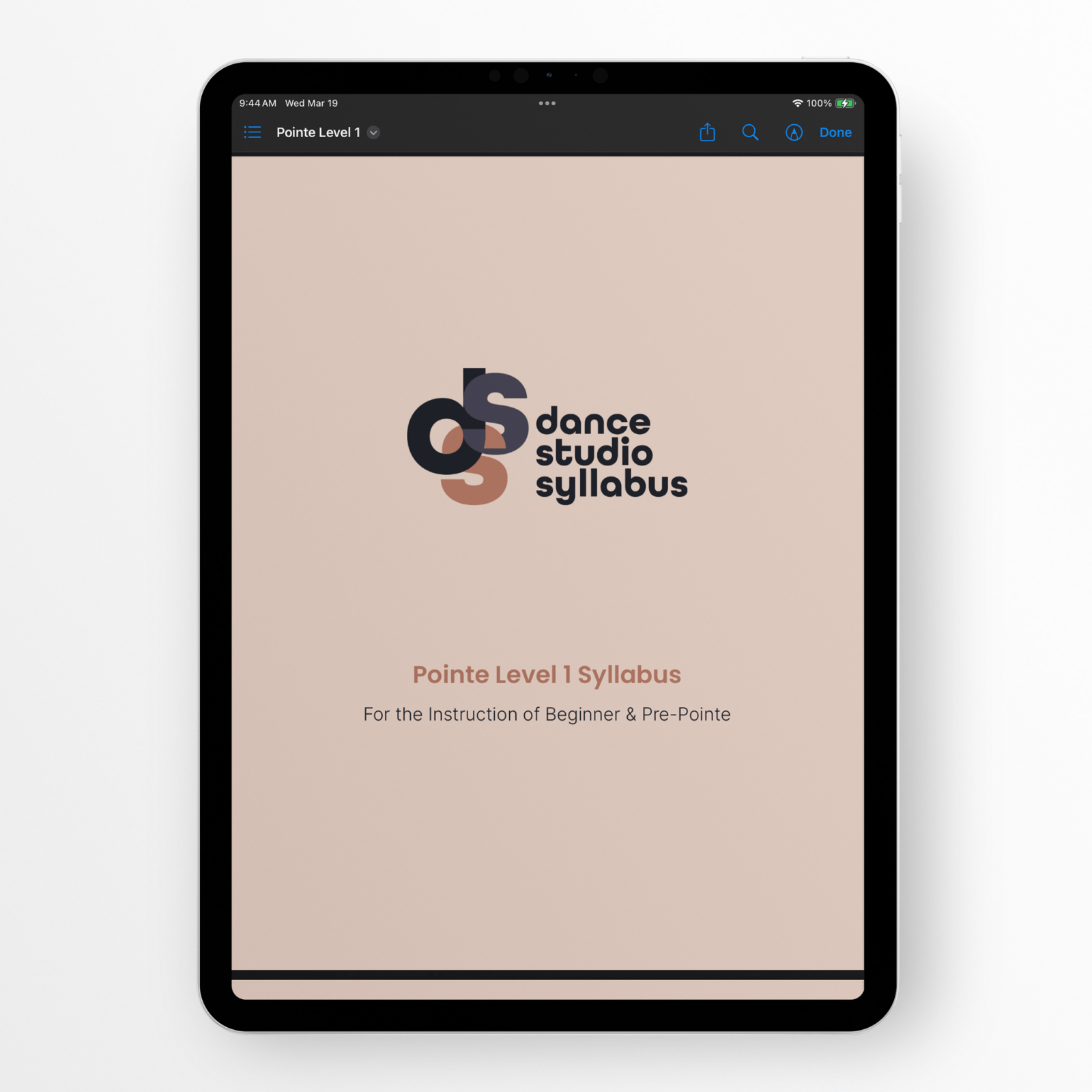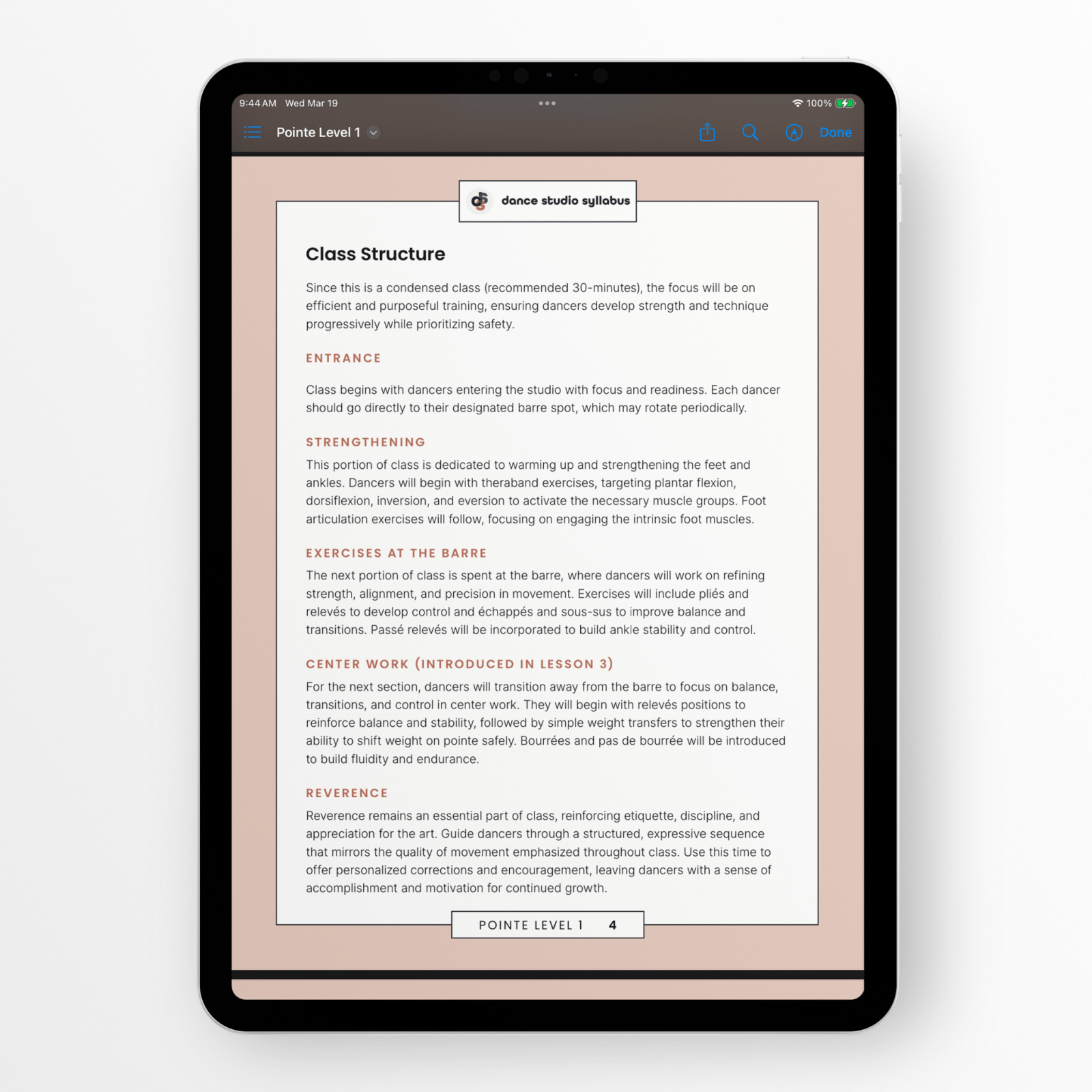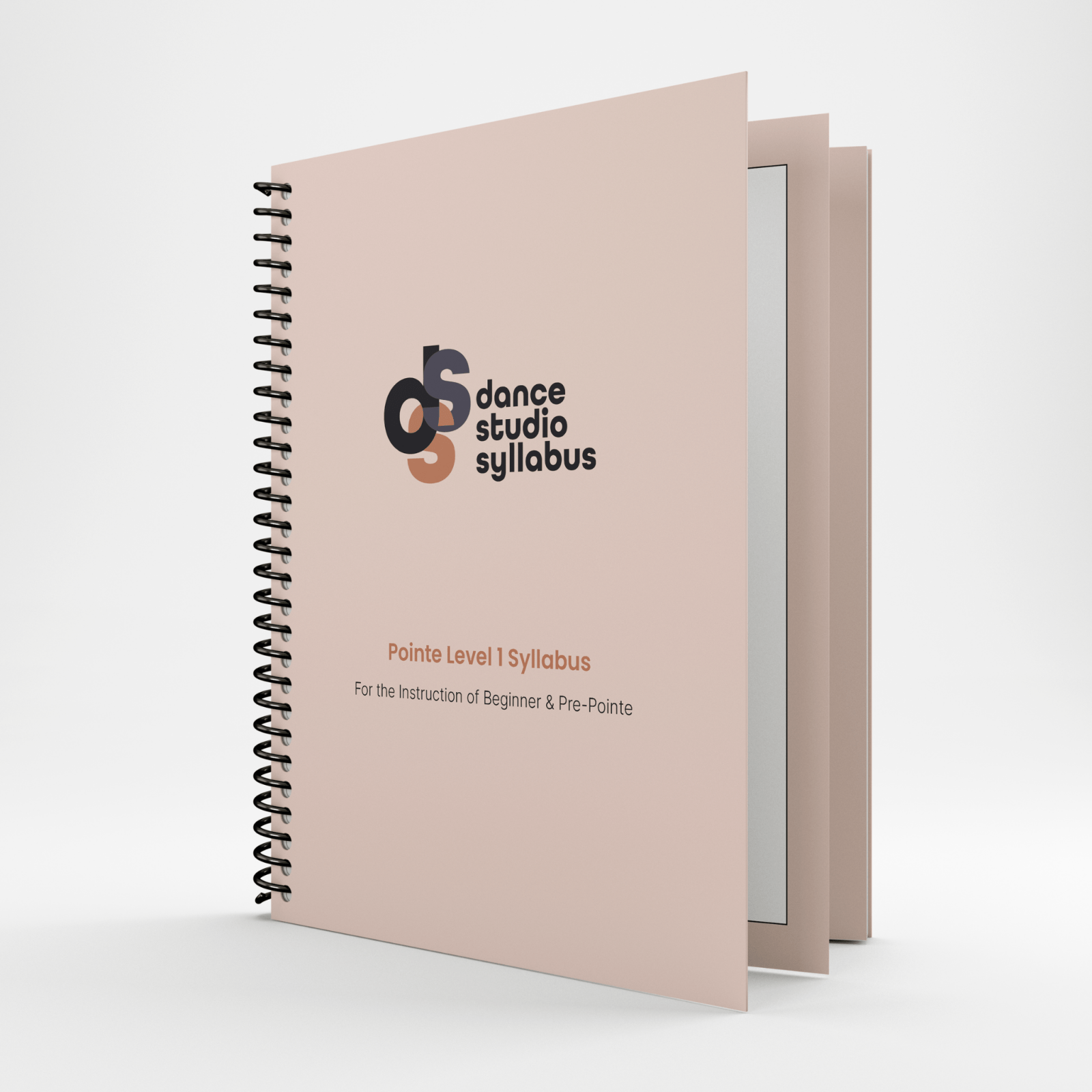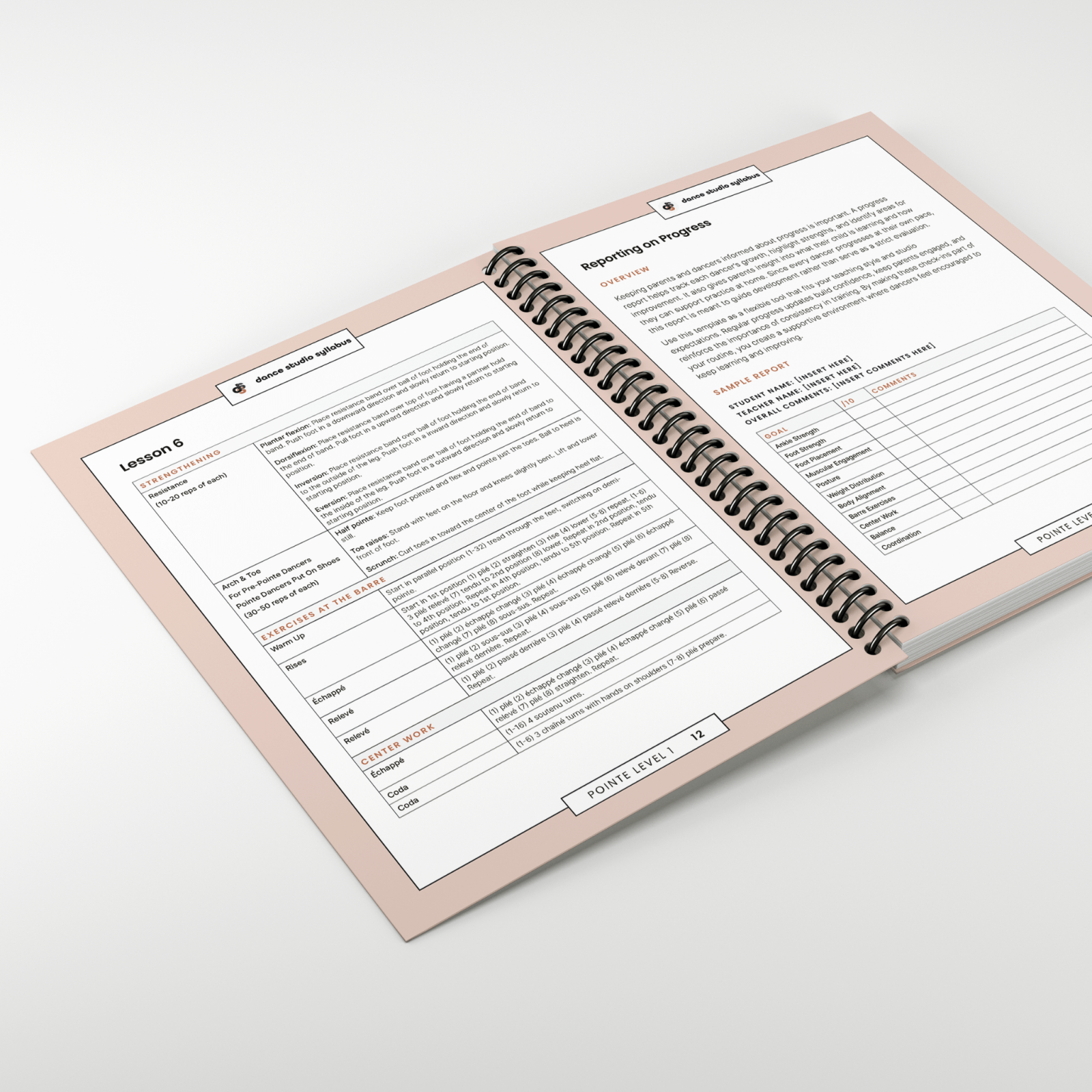Over the course of a decade, I’ve taught at a number of studios across the country. I’ve experienced a variety of hiring processes, as the interviewee and interviewer. I’m not an HR professional, so I won’t walk you through the best steps to find the best people, but I will shed some light on characteristics of teachers that I believe contribute the most to dancer (and consequently, studio) success:
Characteristic 1: Alignment with your studio’s core values.
Core values are statements that your studio stands for as it conducts business. These statements shape your teachers’ and your customers’ (dancers and parents) perception of your studio. If you don’t have these written down, take 15 minutes to brainstorm what you want your studio to be known for.
Mark Morris Dance Group has their values on their website if you are looking for inspiration.
Let’s say that like MMDG, your studio has the value of “Excellence.” In your hiring process, you should incorporate questions that allow you to get a sense for if your potential teacher values excellence in a similar, or at least synergistic, way. If you have two teachers in the final phase of your hiring process, one with less experience but more alignment with values and another with more experience but less alignment with values, I’d recommend the one with more alignment with values ten times out of ten. Experience can be developed. Character is much more difficult to mold!
Bonus Tip: Make your studio’s values known to your dancers (and parents!). By instilling these values in your dancers at a young age, you will also be able to develop teacher trainees.
Characteristic 2: Varied professional experience from your existing teachers.
My favorite studios to work are the ones where the teachers come from a variety of backgrounds. These studios also make for the most exciting recitals! When hiring new teachers, think about the professional experience of your current teachers and try to find someone who balances that.
There are a number of areas of experience to consider when it comes to balancing your staff (this is certainly not exhaustive but should help get you brainstorming):
- Types
- Concert
- Competitive
- Commercial
- Genres
- Ballet
- Jazz
- Contemporary
- Modern
- Tap
- Hip Hop
- African
- Musical theater
- Roles
- Teacher
- Director
- Choreographer
- Producer
When you build a staff that has experience in a variety of the previously mentioned areas, you will provide your dancers (and their parents) with a clear picture that there’s not “one path to success” and your staff with an environment where they too can grow professionally!
Characteristic 3: Ability to innovate within a set curriculum.
Note: If having clear progressions from level to level isn’t something that’s important to your studio, you may want to skip over this characteristic!
In the last blog, I outlined five benefits to annual lesson planning. If your studio takes an annual approach similar to the one described in the blog or uses another type of curriculum, then you will want to hire teachers that will stick to the material you provide AND bring it to life with their creativity and expertise.
I’ve encountered this as a hiring manager. I can think of a number of times where I’ve interviewed incredibly talented and experienced teachers who were not willing to follow a curriculum. Given the core values and systematic approach to technical goals, these individuals were not the right fit.
It is important that your potential teachers have the ability to innovate, which allows them to bring the curriculum to life. They should be able to draw on stories from previous experiences, layer in choreographic elements, or paint imagery in order to demonstrate this characteristic.
Characteristic 4: Commitment to developing well-rounded dancers.
At the end of the day, if you want your dancers to grow and experience success, then your teachers need to be committed to developing them as well-rounded performers (and individuals). Here are a couple of examples of how this might play out:
Maybe you are running a ballet academy. By exposing your ballerinas to other genres or even forms of cross-training, your ballerinas will have a level up when it comes to understanding head tail connection or muscle engagement.
Or maybe you are running a highly competitive studio. By ensuring that your dancers aren’t overtraining and are getting enough sleep and nutrition, your dancers will be able to endure through competition season without burnout, injury, or mental stress.
When hiring new teachers, look for teachers who are well-rounded, whether that be as dancers themselves or as individuals. Those teachers will be more likely to instill that in their students.
There’s nothing better than finding the right fit for your studio and your team. Once you’ve found a great teacher, do what you can to keep them! Offer competitive pay. Get their feedback regularly. Consider how much time they are spending lesson planning, or maybe even provide them with lesson plans, so they can spend more time inspiring. You won’t know how much your teachers are really doing for your program until they are gone. Don’t let it come to that!
